A Year with the Olympus OM-D E-M1 Mark III
In March 2020, I took a leap of faith and switched camera systems to the Olympus OM-D E-M1 Mark III. A year and several thousand frames later, here's how it has helped me to grow as a photographer.
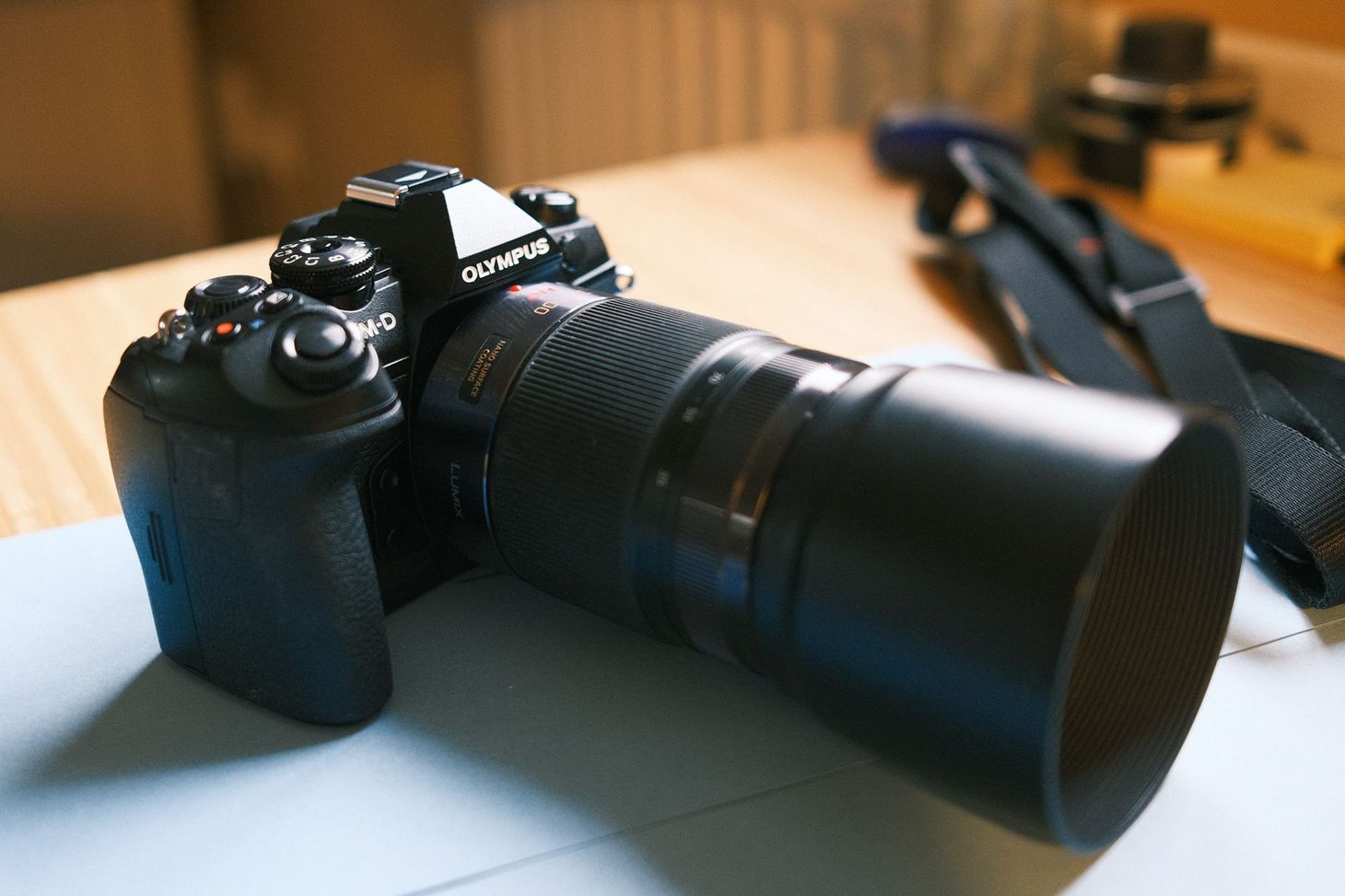
Gear doesn’t matter, they say — until it does. After a few years of struggling with unreliable Fuji cameras, by the end of 2019 I was using two systems concurrently: the Sony a6300, and the Pentax K-3 II. Neither was doing everything I needed. The small and light Sony was pretty good for backpacking, but I simply hated the handling for wildlife photography, and this had put me off from the idea of investing in an expensive high-quality wildlife lens for the system (I was using an adapted manual telephoto prime instead, with all the downsides that entails). I couldn’t find a standard zoom that ticked every box for my mountain use, either. The standard 16-50mm pancake lens was ok, but images needed a lot of processing to make them look how I wanted. I’d tried the Zeiss 16-70mm and found it lacking; the 18-135mm looked good, but it wasn’t wide enough, and I was put off by the lack of weather sealing (I’d previously destroyed a non-sealed Fuji zoom lens in heavy rain, and didn’t want this factor to hold me back any more).
So, frustrated by the Sony, I’d bought the Pentax system and a 300mm f/4 lens for wildlife. This was relatively inexpensive, and worked ok at first, but continuous autofocus was terrible. I found bird-in-flight photography almost impossible with this setup. And the Pentax kit with standard zoom was far bigger and heavier than I’d find acceptable for mountain use.
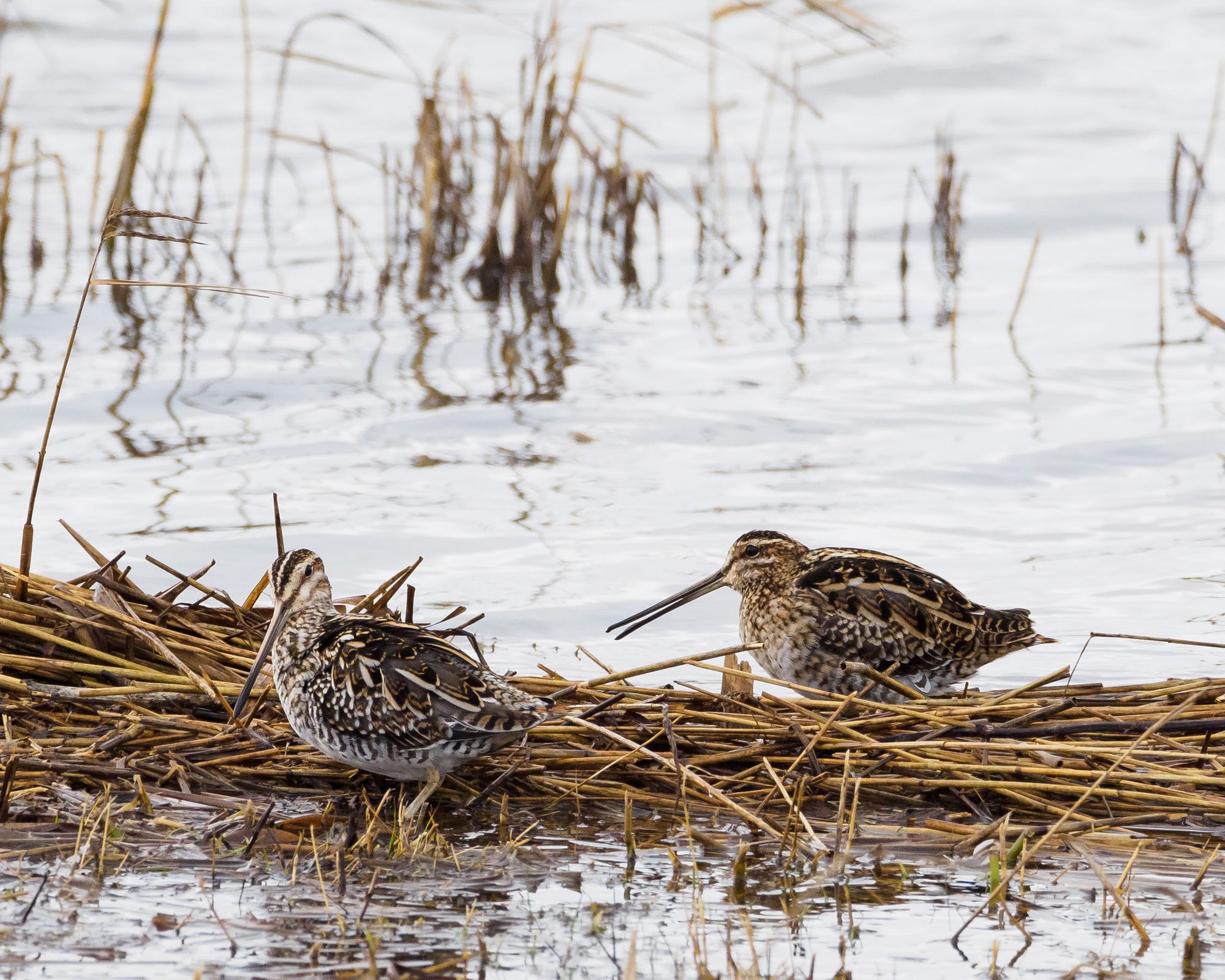
When the Olympus OM-D E-M1 Mark III was announced in February 2020, it caught my attention. This camera promised pro-level performance in a compact, lightweight and weather-sealed body. It ticked absolutely every box on my list. The Olympus lens selection looked as if it had been personally tailored to my exact needs. I realised that I could consolidate my mismatched kit into a single system, and so I started boxing stuff up and putting it on eBay. The only real question mark was what disadvantages would come along with downsizing from an APS-C sensor to Micro 4/3, and if they would matter.
In the first week of March 2020 I received my new kit. I’d spent a small fortune on it, but I was hopeful that it would solve all of my problems.
And do you know what? With a few minor caveats, it did — and it continues to do so.
I am not sponsored by Olympus, and they didn’t send me any of this kit for free. I spent my own pennies on it. Take my opinions for what they are worth. Oh, and the images in this piece have been resized and compressed for the web.
The good stuff
Design and handling
It handles well. There is a nice big finger grip at the front and a good thumb grip. I can dangle it between thumb and forefinger with the 300mm lens attached. The controls are a heck of a lot better than the Sony’s: you get two real free-spinning dials with good tactile response, loads of customisable buttons, and a focus joystick. There’s no top LCD for settings like on the Pentax, but I can’t say I miss it.
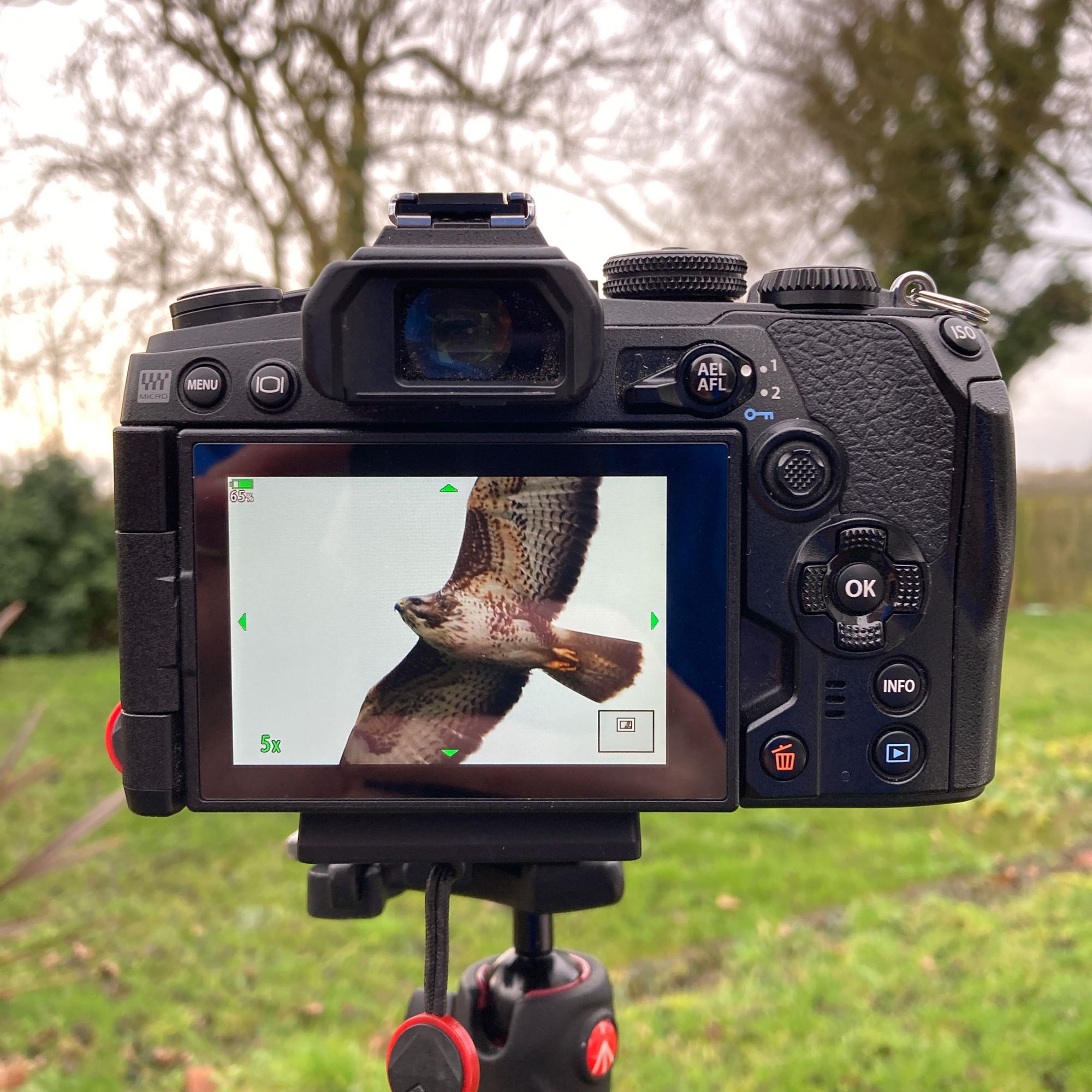
The LCD is the fully articulating type, and it’s a touchscreen. I immediately turned off the touch functionality and usually use the camera with the screen turned inwards, as I rarely use it. Having it able to fully articulate is very useful for some purposes on a tripod, though.
The camera has two SD card slots behind a very secure latch. I have it set up to write to both cards at once (which provides a backup).
Image quality at low ISOs
IQ often has more to do with the lens in front of the sensor than the sensor itself, and I’ll get to lenses in a bit, but I will say that up to around ISO 800 the image quality is excellent — certainly more than good enough for my modest needs. Even at 1600 it’s usually very good. Better, in fact, than my (2015) Pentax K-3 II with its APS-C sensor. Dynamic range is much better than I was expecting, too — again, better than the older Pentax.
Only at higher ISOs do things fall apart a bit, but below 1600 it compares very favourably indeed with older cameras I’d used before.
Theoretically the Micro 4/3 sensor yields greater depth of field than a larger sensor. While this is true, in practice DOF has more to do with distance to subject and the lens you are using than sensor size. I have never felt the need for a shallower depth of field than I can achieve with the E-M1 III.
Compared to a modern full-frame or top-end APS-C camera, image quality is obviously going to be a bit worse — that’s simply down to the laws of physics. But there’s always going to be something better than what you have. It’s all about selecting the right choice from interlocking trade-offs, and — despite a few niggles that I’ll address below — this is the right compromise for me overall.
Battery life
Battery life is superb. Not quite up there with the heroic battery life I was getting out of the Pentax — a traditional DSLR — but a hefty order of magnitude better than the Sony, which had a battery life I can only describe as pitiful. On the Haute Route Pyrenees in 2019 I was having to fully charge the Sony’s battery at least two or three times a week, after perhaps 50-60 frames per charge. With the Olympus, even though I’m out shooting wildlife every single day during the spring and summer and often come back with 100+ frames a day, I can go for over a week without charging!
Of course, this is without using the battery grip. With the grip, which I added for better balance with my big telephoto lens, you get an additional battery and often an additional 6-700 frames between charges.
USB-C charging
You can charge the battery directly in the camera using a USB-C cable, and it supports the Power Delivery standard. I can’t overemphasise how important this is to me when backpacking. All my other kit is USB-C PD. It means that I can top off the charge in only a few minutes, or fully charge with a compatible power bank in about two hours. I don’t need to carry a separate battery charger when hiking. The only downside is that USB-C charging won’t work if you deplete the battery too far, or if the camera is below freezing (both easy to work around).
While the Sony a6300 supported USB charging, it was Micro USB only and often quite slow. The Pentax didn’t support it at all. I won’t buy another camera without USB-C Power Delivery in-camera battery charging.
Weather sealing
Sealing is fantastic. I’ve got it soaked on multiple occasions with no ill effects whatsoever. In contrast, although Sony claim that the a6300 is weather sealed, there are no actual foam seals around the battery/SD card door, which doesn’t exactly inspire confidence. Sony even say that the a6300 is ‘not dust or splashproof’.
I find weather sealing essential. I’ve lost camera bodies and lenses to bad weather before. Although I know that no camera is fully waterproof, I don’t want to have to baby my gear or put my camera away just because of a bit of rain or snow.
Size and weight
The E-M1 III weighs about 580g with battery and memory card but sans battery grip. Although slightly heavier and bulkier than my little Sony, it’s still quite acceptable for use in the mountains or on a long-distance trail. And because handling and battery life are both so much better than the Sony, I don’t mind the extra 236g. It’s a lot lighter than the Pentax K-3 II’s 800g.
Even more importantly, due to the Micro 4/3 sensor’s crop, all of the lenses are lighter and more compact than equivalent lenses in any APS-C or full-frame system. This isn’t to say that very small and light lenses aren’t available for the Sony a6xxx system, of course, but you usually sacrifice image quality, handling, build quality, or sometimes all three.
In-body image stabilisation
Seven stops claimed — seven. In practice I’ve found this to be achievable most of the time. With the right lens, I can handhold exposures of up to six seconds. That’s just silly.
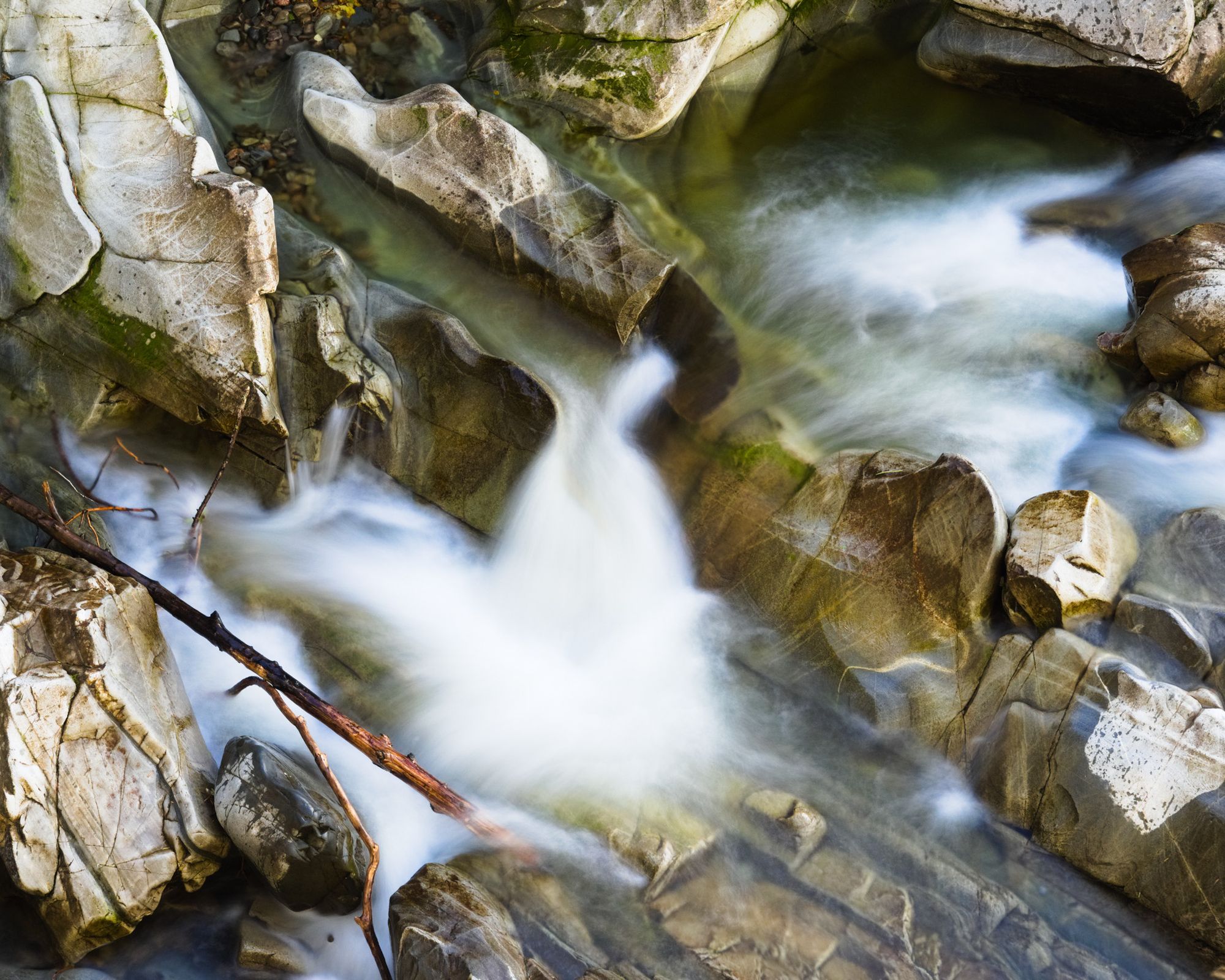
Speed
There are no lags or slowdowns anywhere, and burst mode is very impressive — important for my style of wildlife photography. I never even use continuous high; continuous low is more than fast enough for me.
The not-so-good stuff
Image quality at high ISOs
No two ways about it: at ISO 3200 and above image quality is not great. Noise begins to intrude, detail collapses, and in certain lighting conditions the whole image can start looking a bit muddy and mushy.
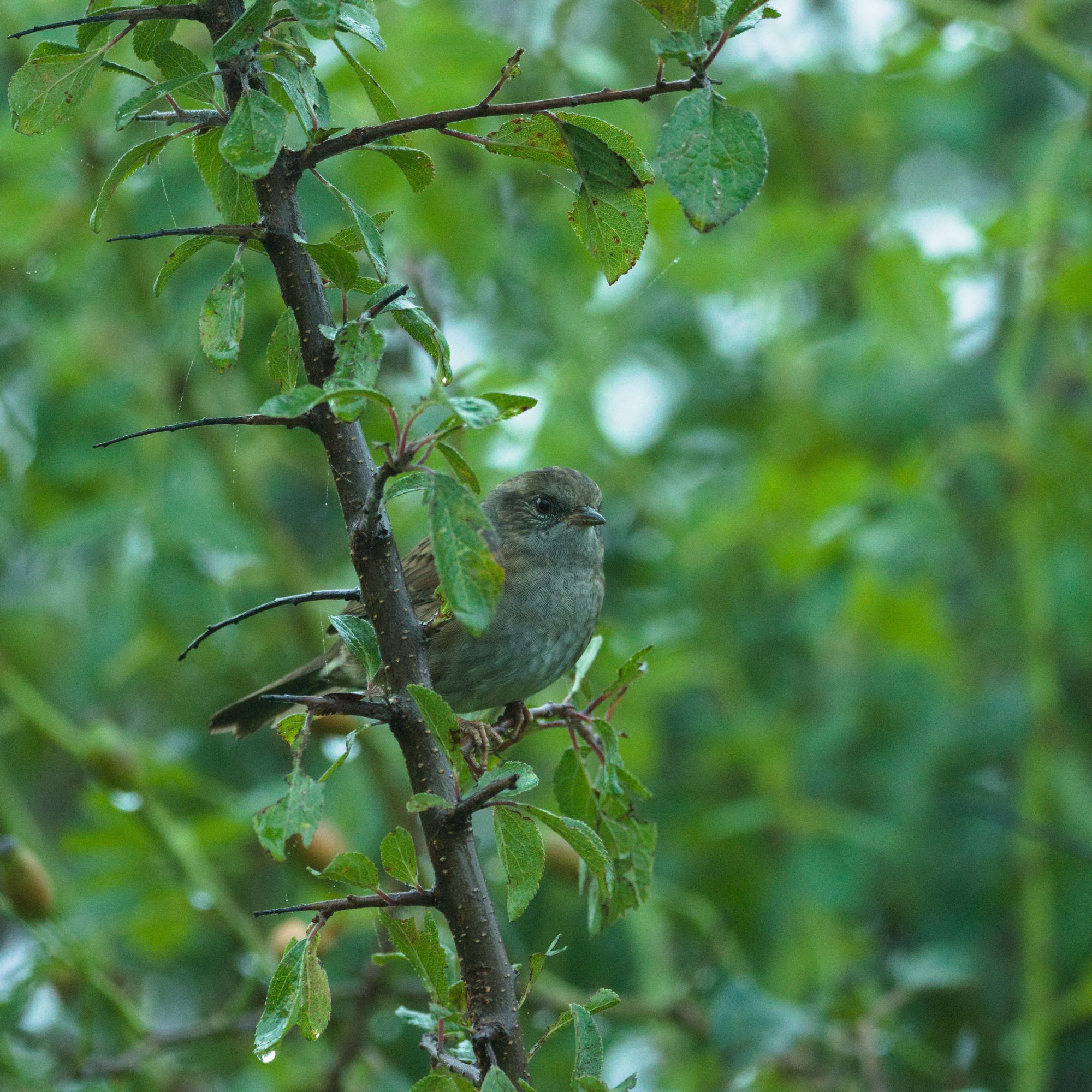
3200 is the absolute highest I will go. With careful use of noise reduction and sharpening I can usually get something decent out of ISO 3200 now, even with a bit of cropping, but it took me months to learn how to do this best. With certain subjects and backgrounds I still find it very challenging. And of course you can’t crop as much. Fortunately, I manage to keep to below 3200 most of the time.
20MP sensor
20MP is… fine. I still manage to crop by a lot, but I get the sense that my lenses could yield even more detail with a higher-resolution sensor. For landscape and work stuff 20MP is more than good enough, but for my wildlife photography 36MP would be nice.
Electronic viewfinder
The EVF is merely ok. It’s sufficiently big, bright and crisp, but far better EVFs can be found in countless competing cameras from other brands. I gather that the EVF in the E-M1 III is actually quite an old part from several years ago.
It would also be nice to have greater control over the visual clutter that appears in the viewfinder. There’s limited customisability here, but I want to be able to turn off everything except shutter speed, aperture, ISO, battery level, exposure compensation, and histogram. Much as I appreciate the practical benefits of an EVF, I can’t help missing the simple, uncluttered viewfinder of my Pentax DSLR.
The Olympus Power Battery Holder HLD-9
The power grip is not that good. It was designed for the previous model of E-M1, and while it’s fully compatible, it lacks a vertically oriented focus joystick — you have to move the focus point about with the D-pad like some kind of caveman. Built quality also isn’t amazing. It feels a bit plasticky and isn’t as rigid as I’d like. Also, you can’t charge its own internal battery within the grip — you have to remove it and charge it externally.
The power grip is what it is. I use it with my 300mm lens because it aids balance while also making the camera easier to hold in portrait orientation. Of course, it adds considerable bulk and weight; I wouldn’t take it on a multi-day mountain trip.
Lenses
So much for the camera body. The lenses are arguably more important, and they have certainly had a far bigger impact on how my photography has developed over the last year.
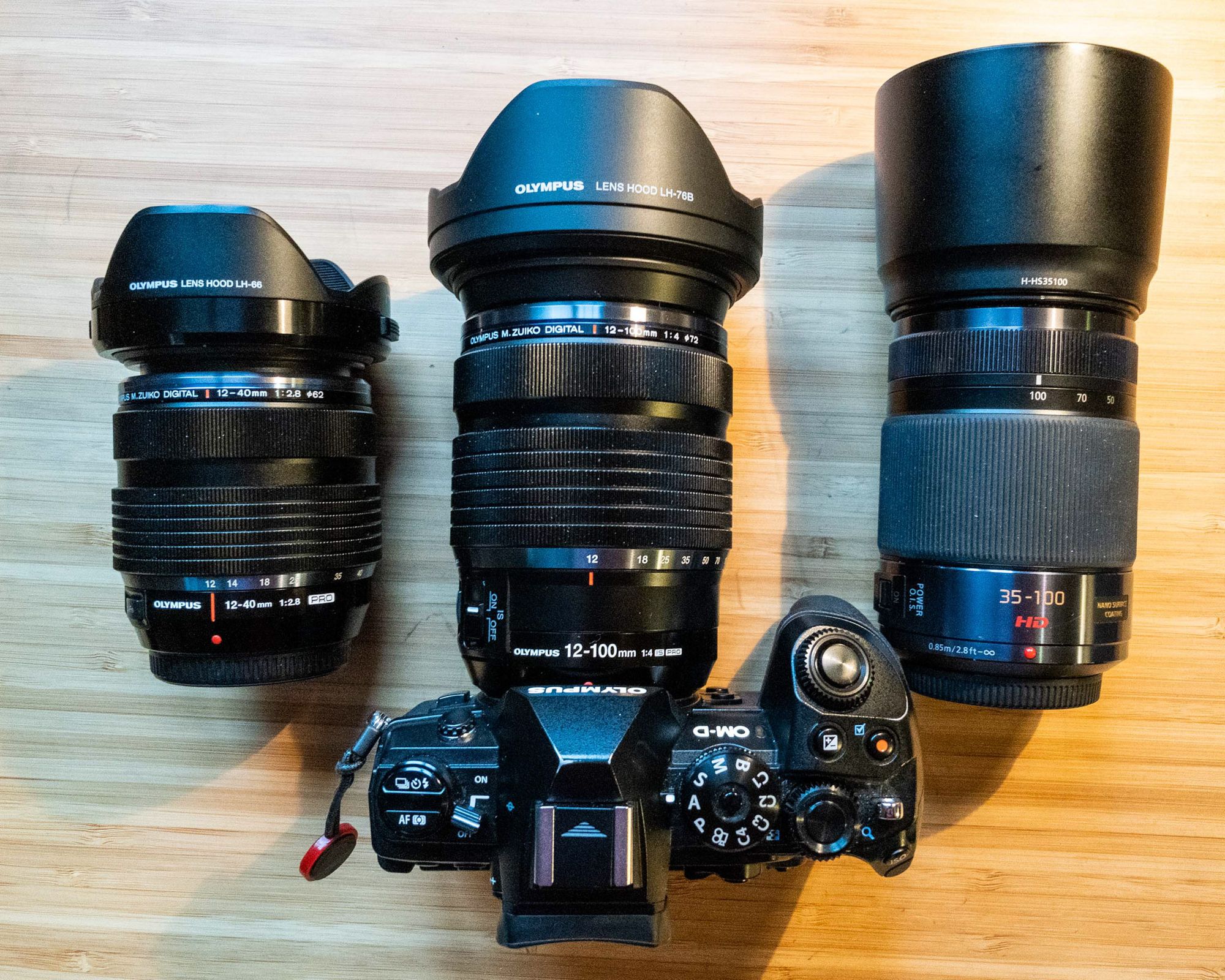
Olympus 300mm f/4 Pro
As I wrote in My top images of 2020, last year was the Year of the Telephoto for me. I used the superb Olympus 300mm f/4 Pro for the vast majority of photos I took over the course of the year. Together with the 12-40mm f/2.8, this was one of the lenses that first attracted me to the system. With Micro 4/3 cameras you get a 2x crop compared to standard full frame, which means that there are huge advantages at the telephoto end. A 300mm lens gives an equivalent field of view of 600mm in full frame, but it is still a 300mm lens, not a colossal 600mm monster that can’t be handheld.
Sometimes I use it with a tripod and gimbal head, though:
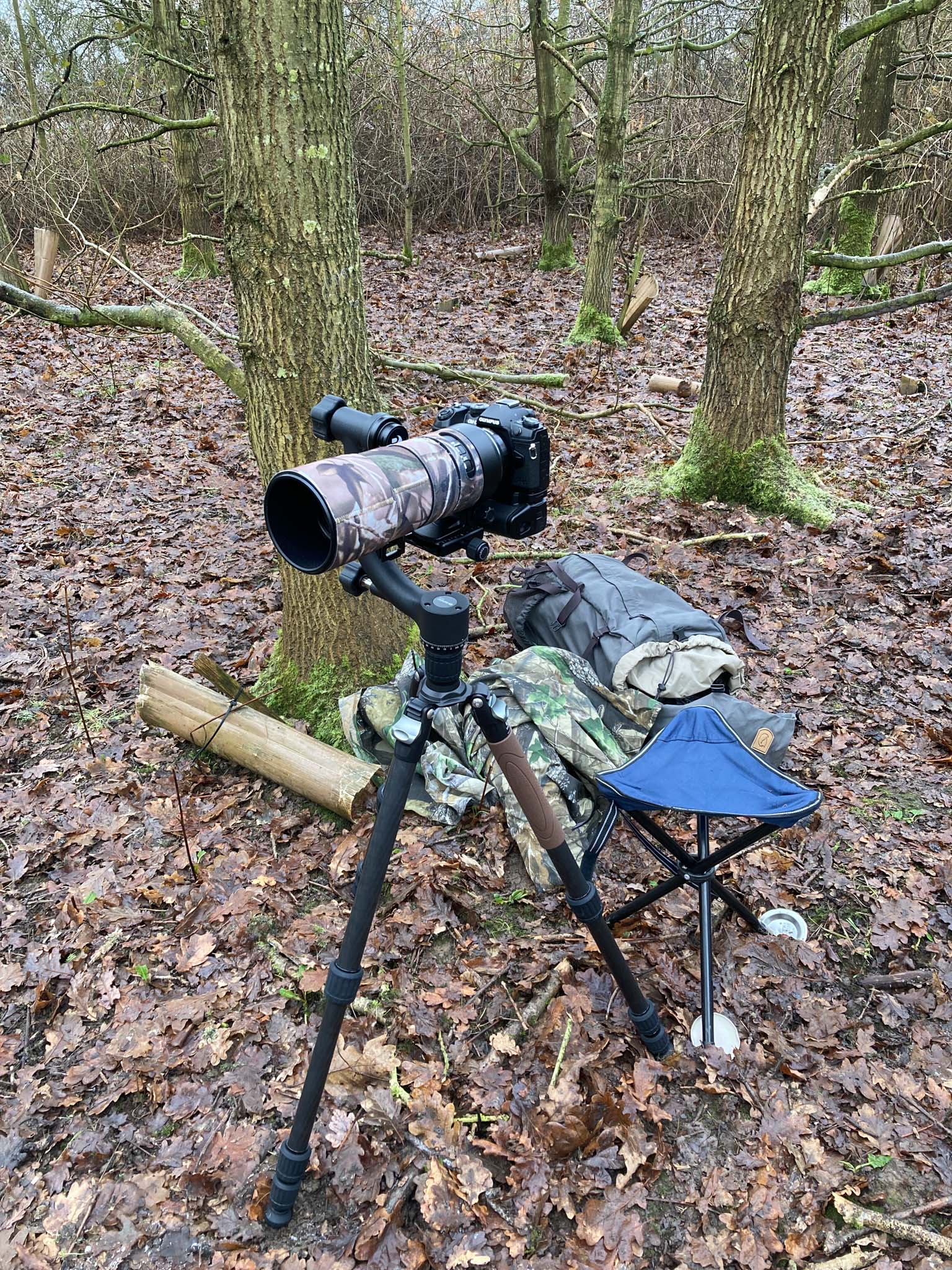
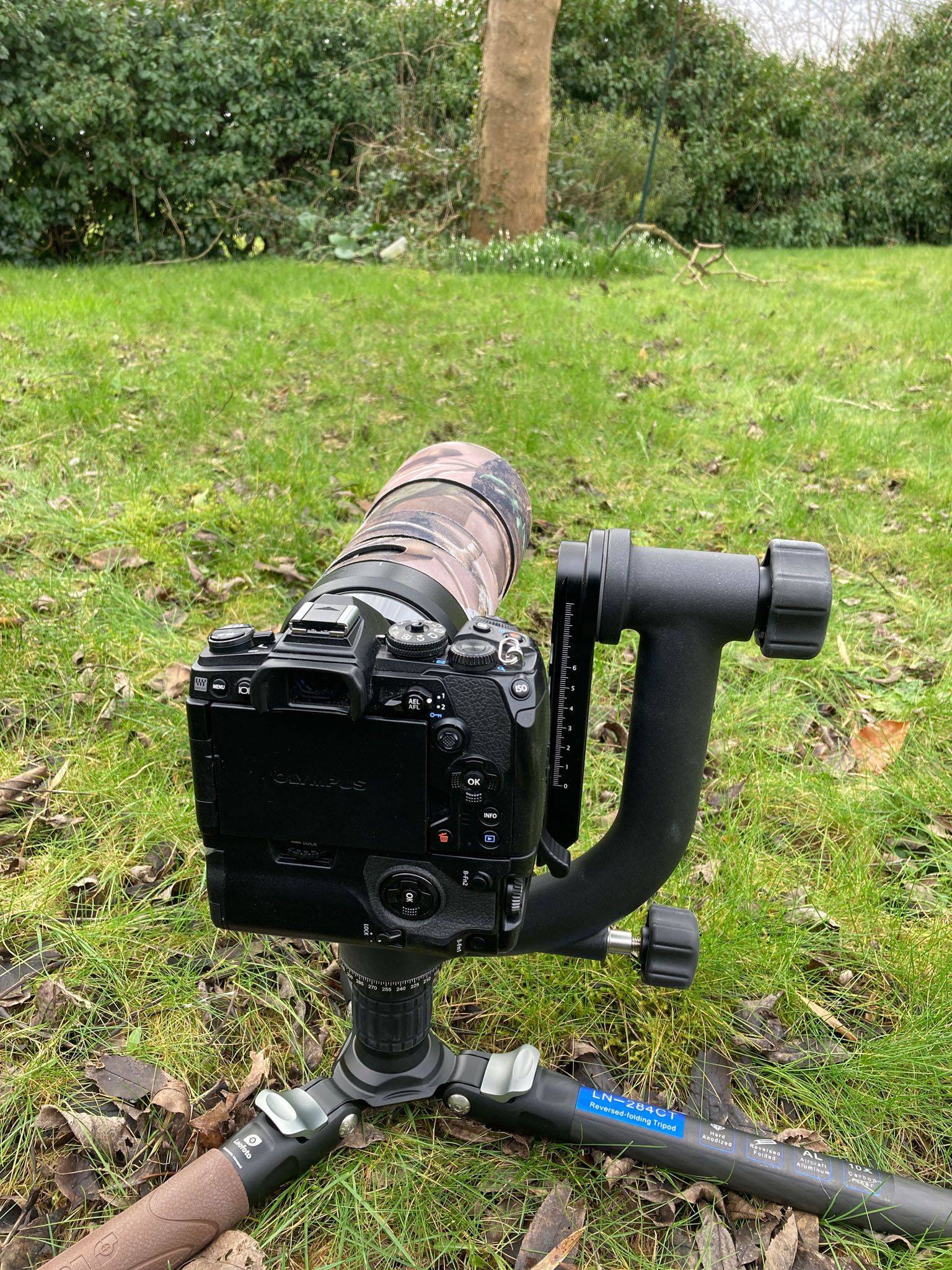
This lens is quite simply exceptional in every aspect that matters to me:
- It’s incredibly sharp. If I nail focus, I can crop ambitiously with no significant drop in IQ.
- Colour and contrast are superb. I rarely need to tinker much with images to get the look I am after.
- Optical image stabilisation is incredible. Combined with the E-M1 III’s in-body stabilisation, I can consistently handhold exposures as low as 1/10th of a second (don’t forget, we’re talking about a 600mm full-frame equivalent lens here).
- Continuous autofocus with subject tracking is fast, accurate, and reliable. It misses occasionally, of course, but my keeper rate is dramatically better than I was able to achieve with my old Pentax 300mm f/4.
- f/4 is bright enough for my needs, and the lens performs superbly at this aperture (I almost never stop it down). All else being equal I certainly wouldn’t say no to f/2.8, but I wouldn’t accept a bigger or heavier lens to get this.
- The lens is compact and lightweight. On my scale, with neoprene lens cover and tripod foot attached, it weighs 1.5kg. It can be stripped back to about 1.2kg if you don’t need the foot. This makes handheld shooting quite easy.
- It’s weather sealed. It has held off plenty of rain with no issues.
- It’s more affordable than most equivalent lenses in full-frame systems.
- It has a nifty built-in lens hood that slides into place. This is very practical.
- The tripod mount has a standard Arca plate that fits my gimbal head.
Overall, this is a massive upgrade over the wildlife setup I was using before. Combined with advances in my knowledge and fieldcraft, the lens has helped me to make significant improvements in the quality of my wildlife photography over the last year.
This lens saw me through the remarkable spring and summer of 2020, in which I spent hundreds of hours studying and watching the wildlife in my local area. As the 2021 wildlife photography season kicks off, it’s once again glued to my camera, helping me to get a closer view of the animals and birds that call this area home.
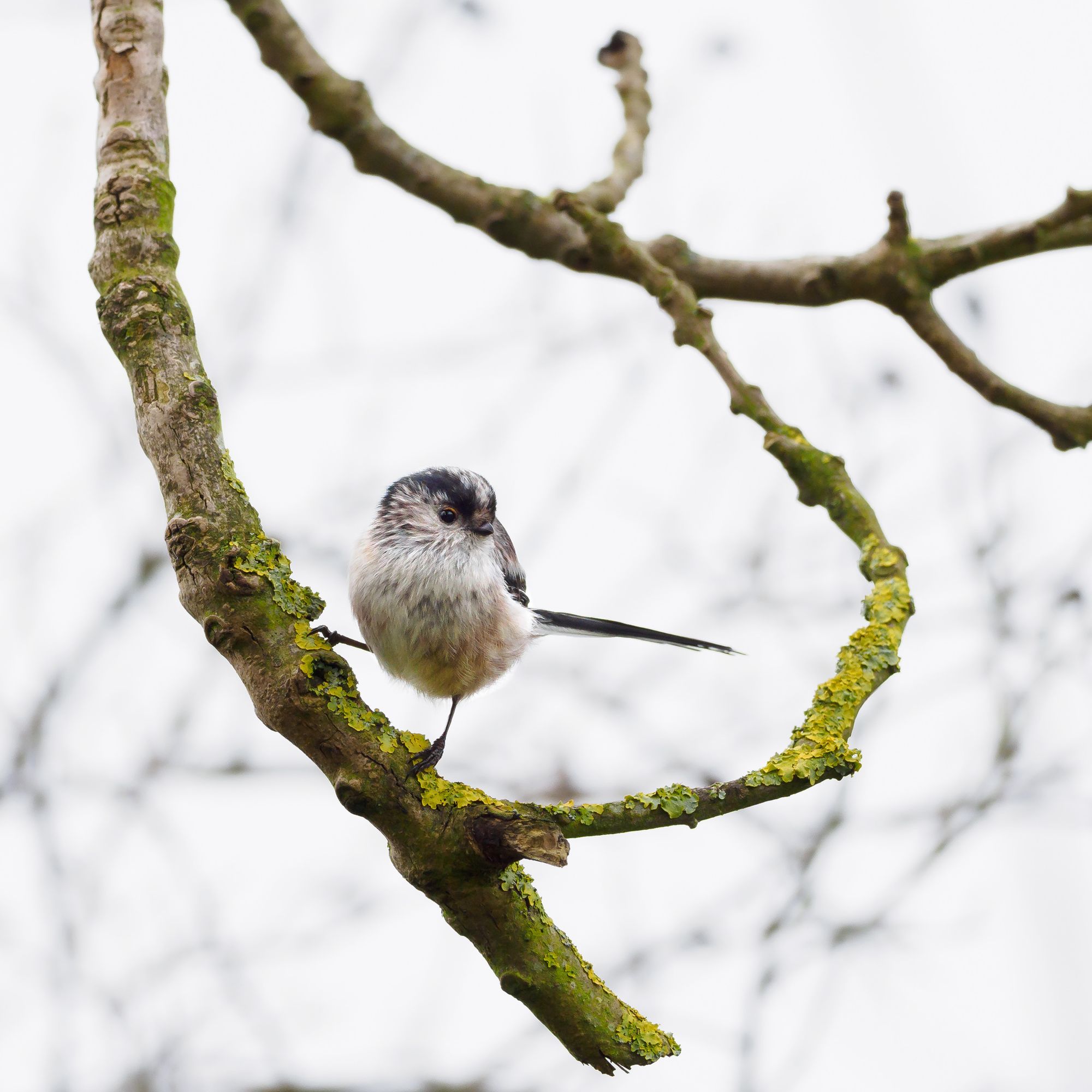
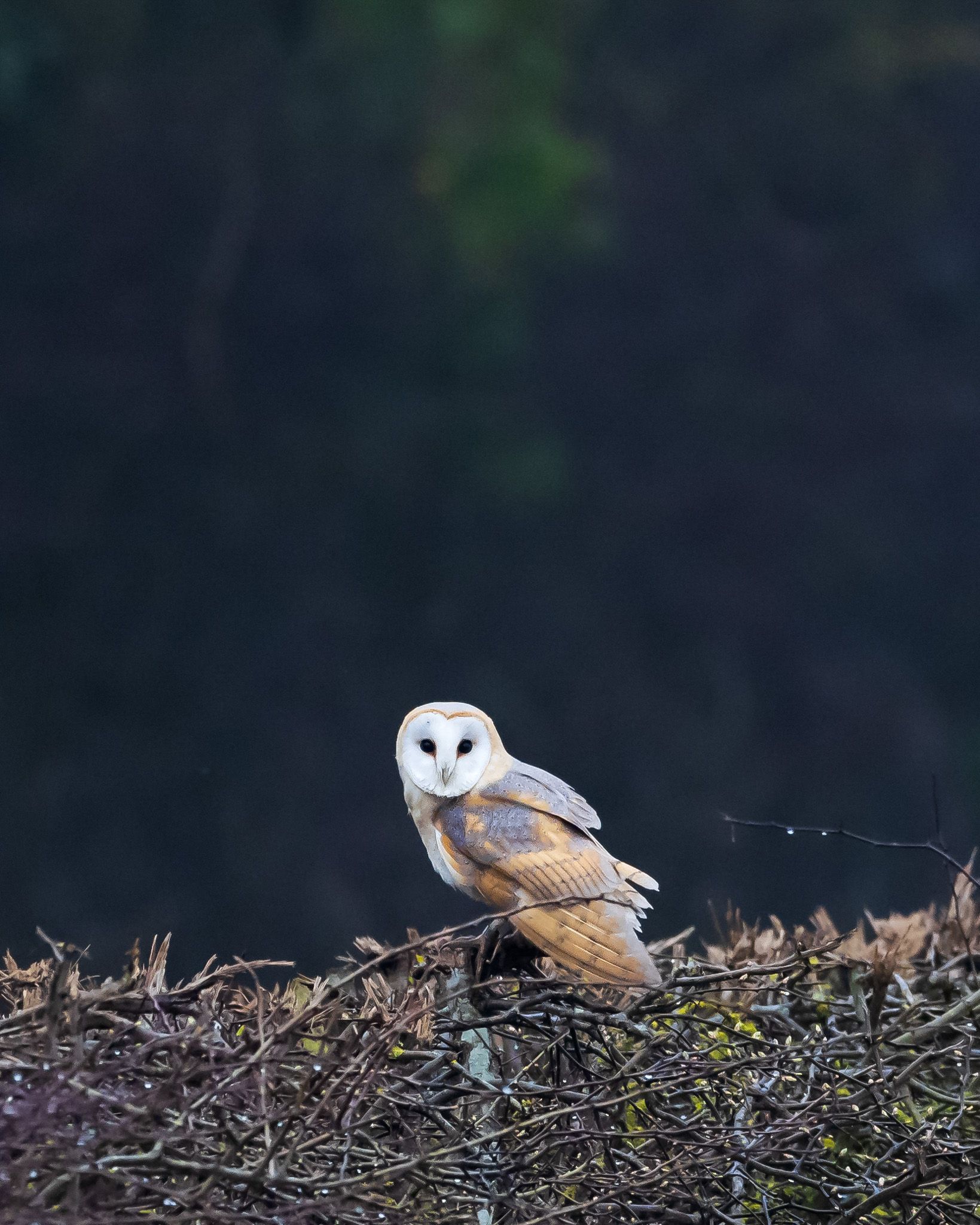
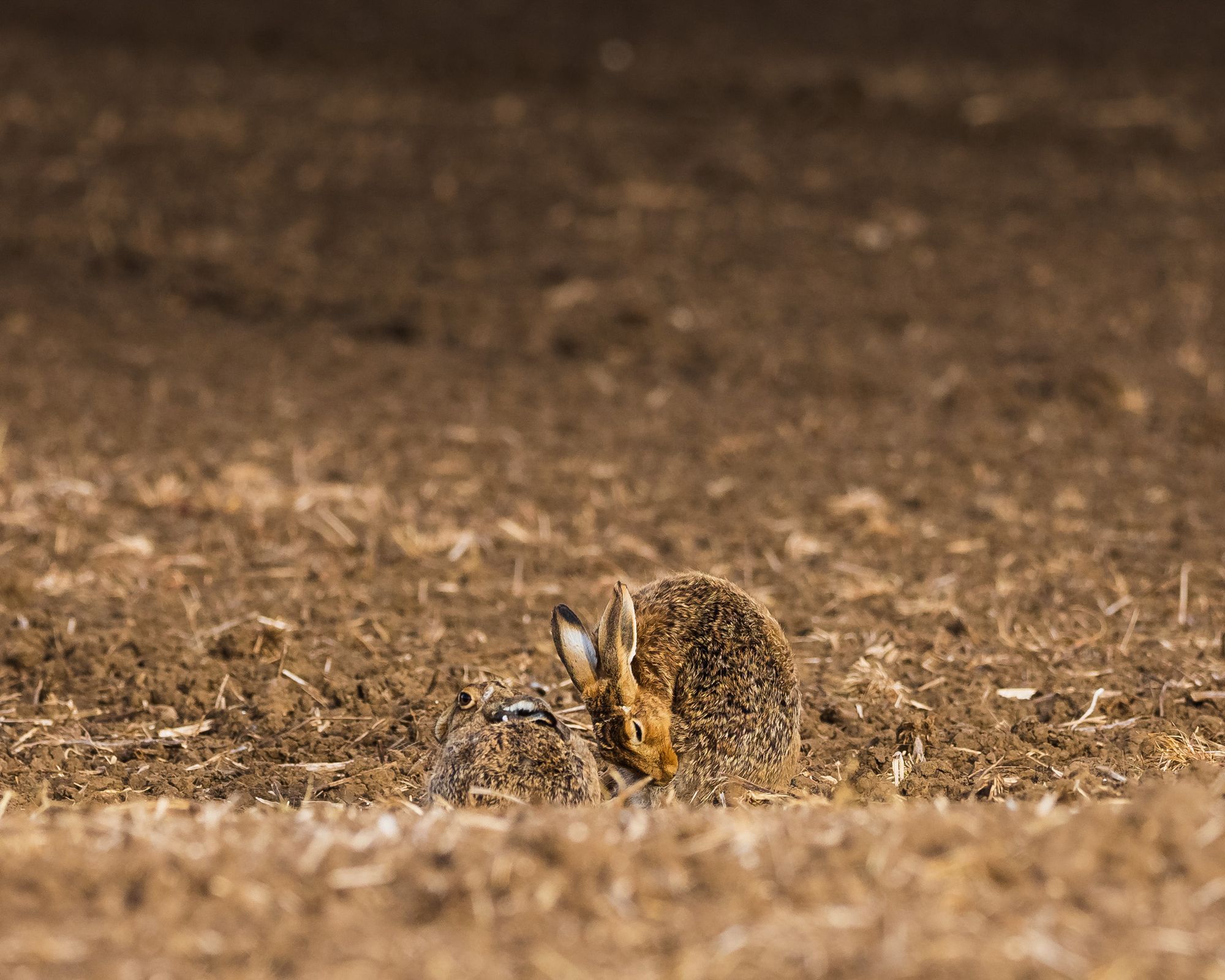
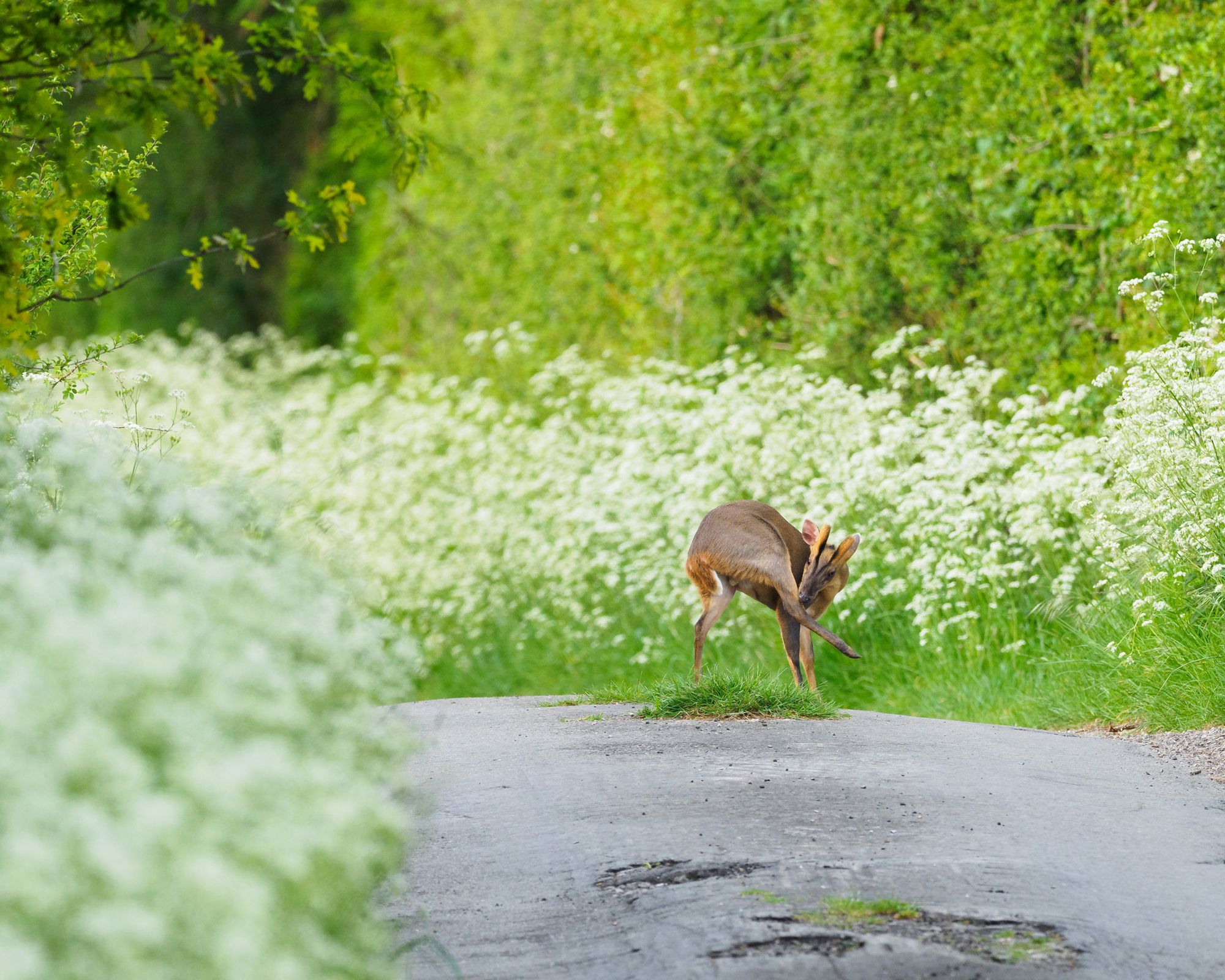
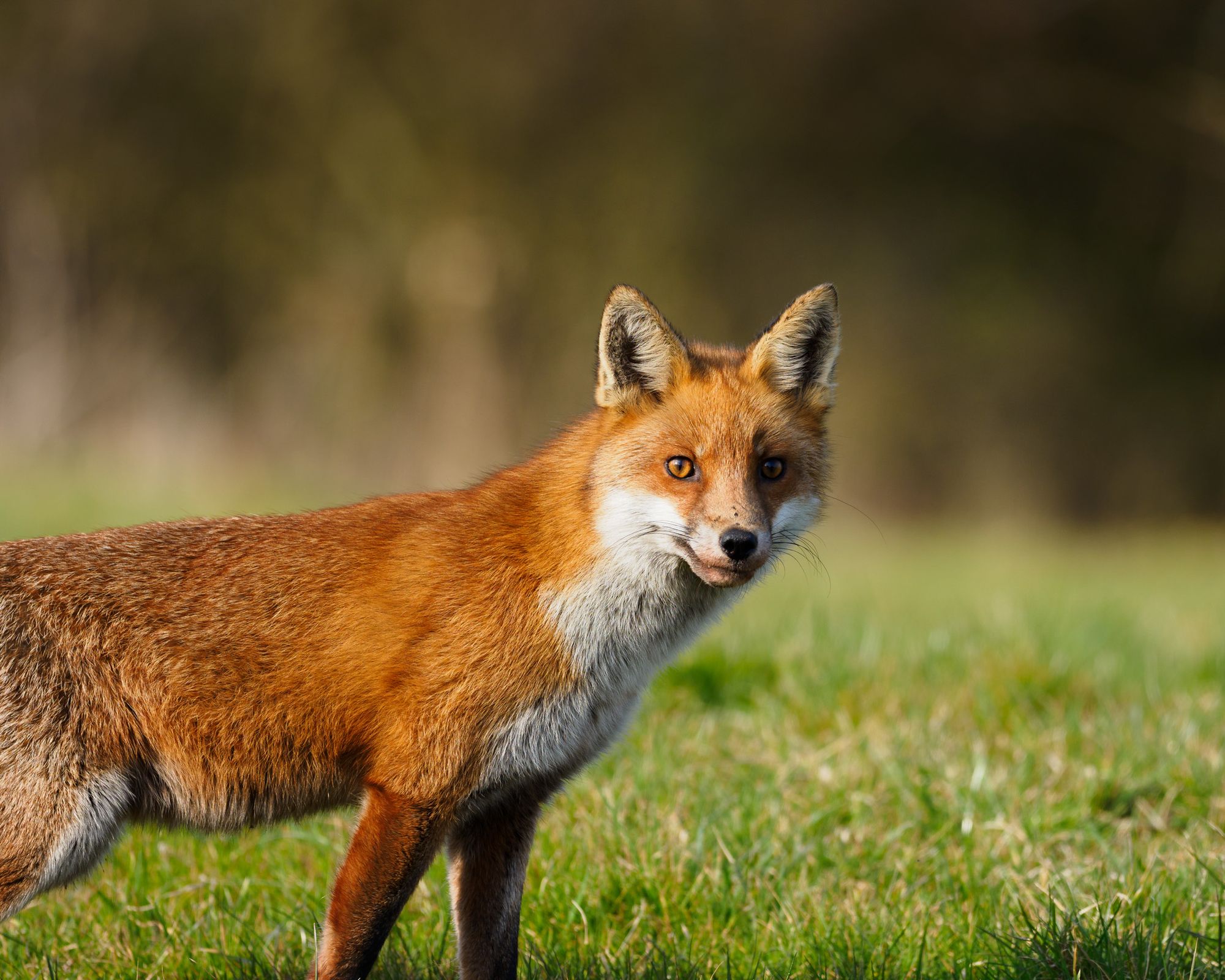
I have also used this lens for various abstract landscape images. Sometimes it’s the only lens I have on me, and it can do a great job with subjects like this.
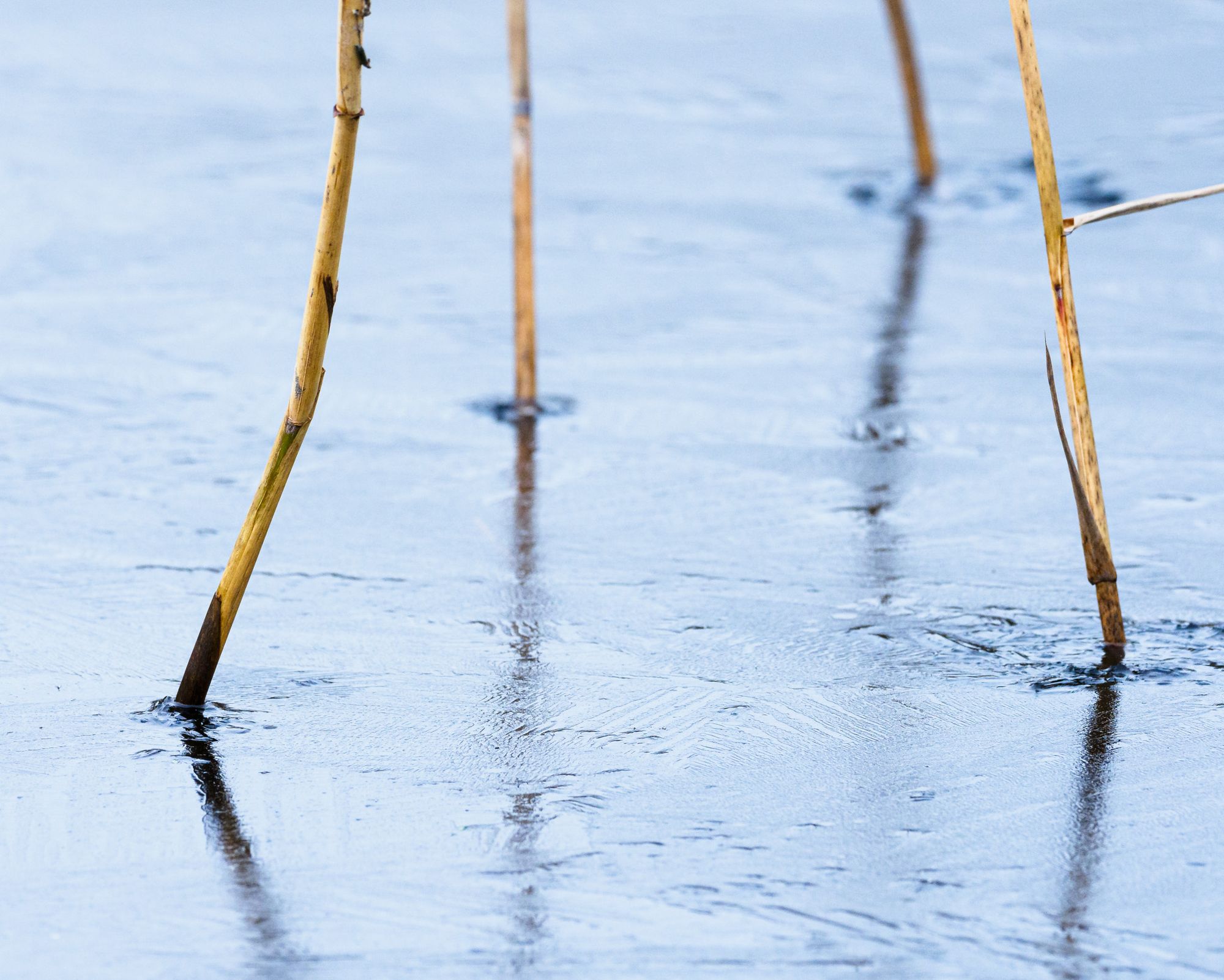
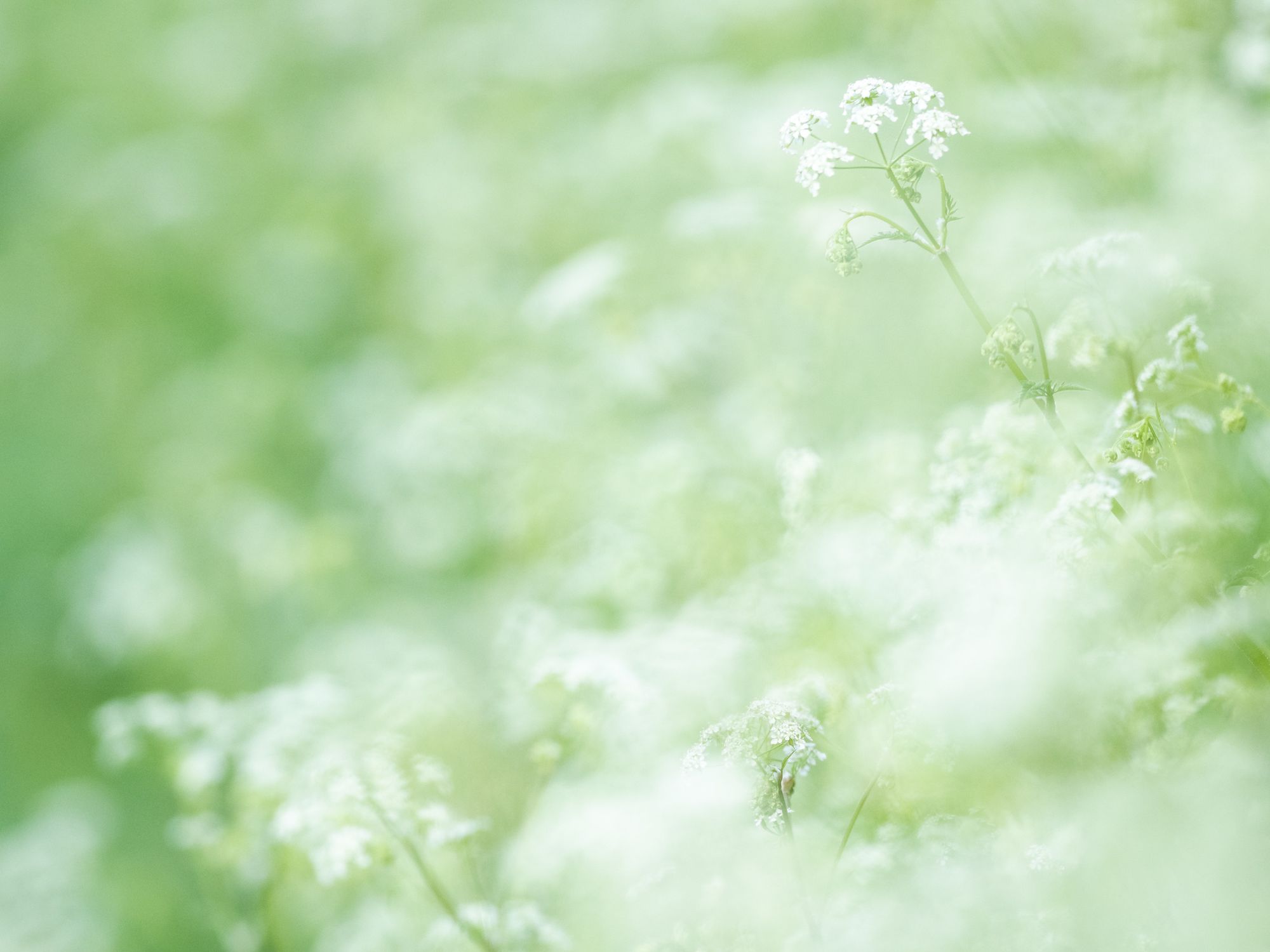
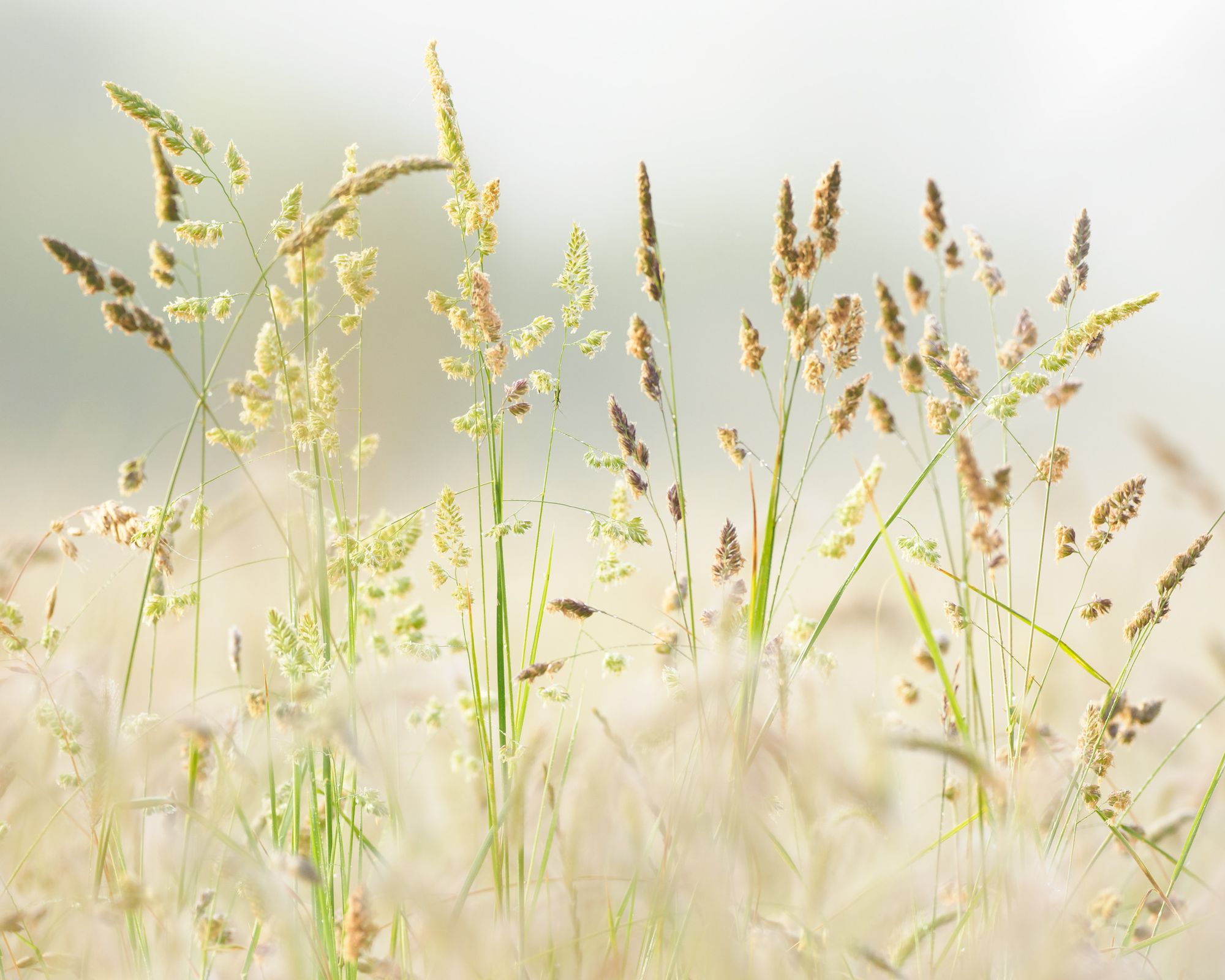
A note on teleconverters
The lens is compatible with the Olympus 1.4x teleconverter. This is useful to have in your gear bag, but I find that it slows autofocus a little and degrades image sharpness slightly, so I don’t often use it. When I need it, though, I’m glad I’ve got it.
There is also a 2x teleconverter available. I haven’t tried this.
Panasonic 35-100mm f/2.8
Equivalent to the classic 70-200mm short telephoto zoom, this lens is an absolute gem. I chose it over the Olympus 40-150mm f/2.8 due to its much smaller size and lower weight. With lens hood attached it weighs about 400g and is just over 15cm in length. It’s weather sealed.
The lens isn’t perfect. It comes with optical image stabilisation, but this doesn’t play well with Olympus cameras so I keep it switched off. Bokeh is often gorgeous but sometimes very fussy (especially at wider focal lengths). It has a free-spinning manual-focus ring, not a mechanically coupled focusing ring like most of the top-end Olympus lenses. At wider apertures there’s some corner softness, and vignetting can be heavy, but I actually like this — I find it adds bags of character.
Overall, for my needs, image quality is stellar. It’s hard to put my finger on exactly what makes it so good, but images have a sort of depth and glow that I don’t see from other lenses. I find its colours very pleasing.
This is my go-to lens for autumn abstracts and telephoto landscape shots. This lens has helped me to refine my personal vision for the kind of landscape photography I love to do in my local area.
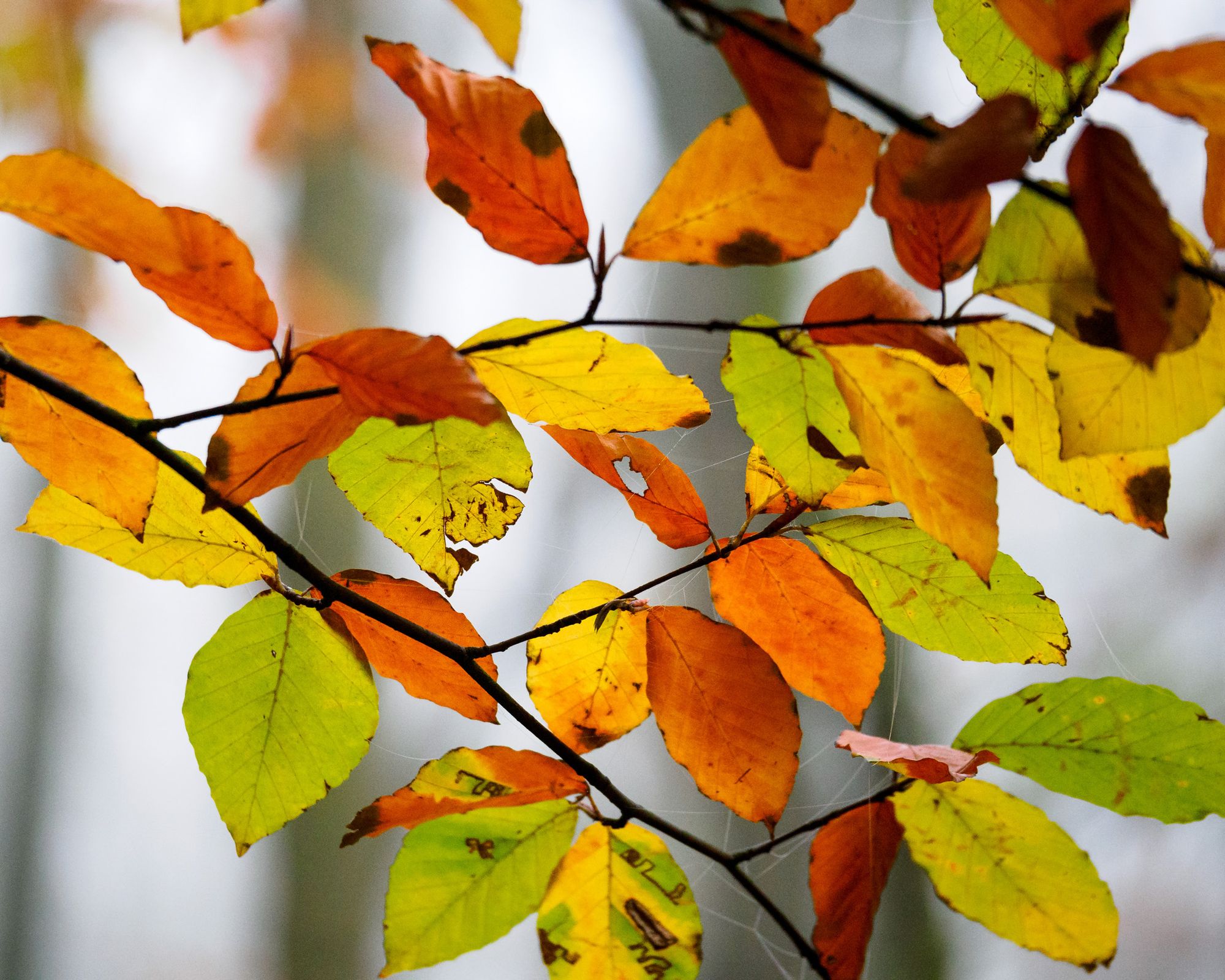
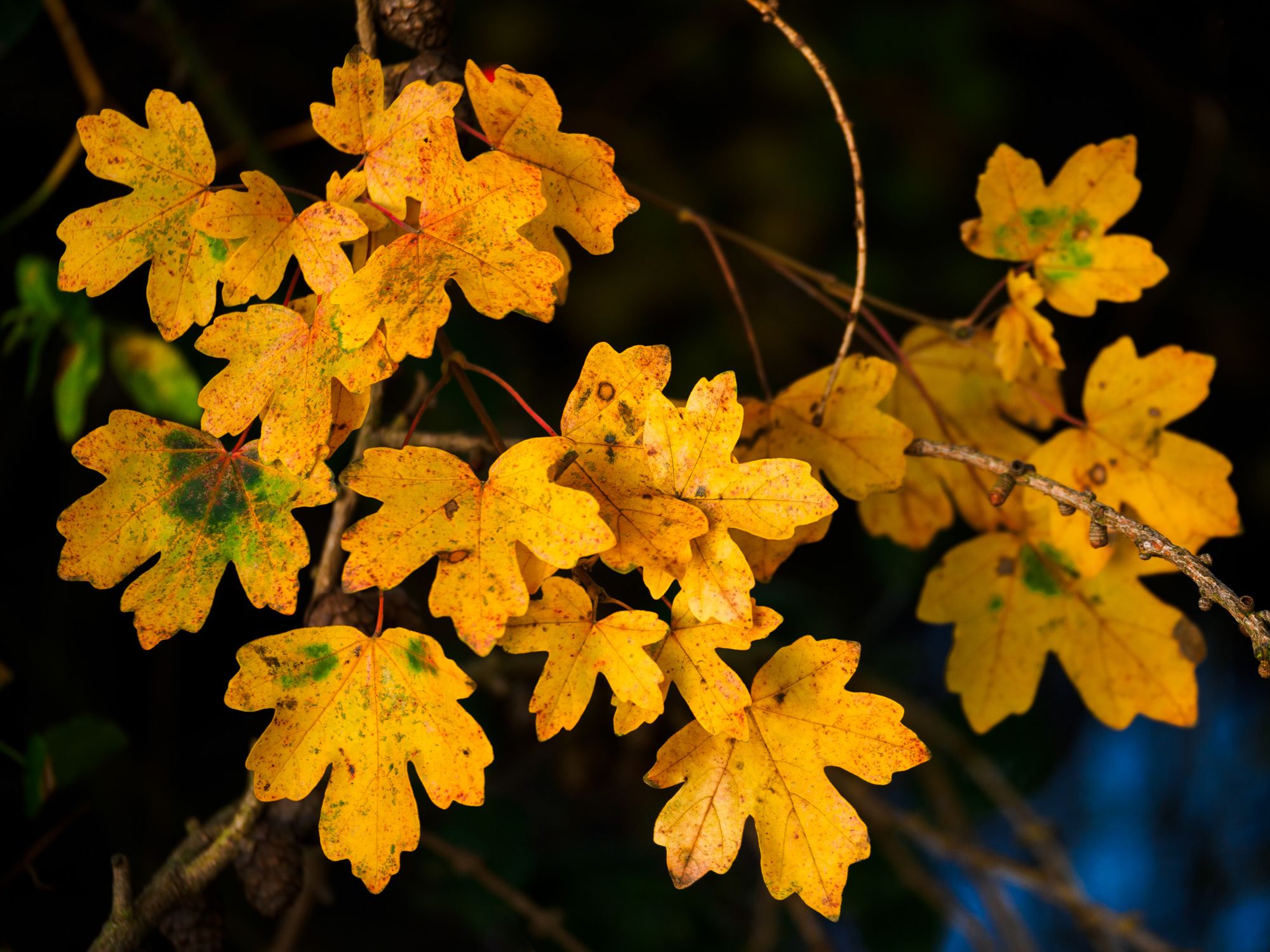
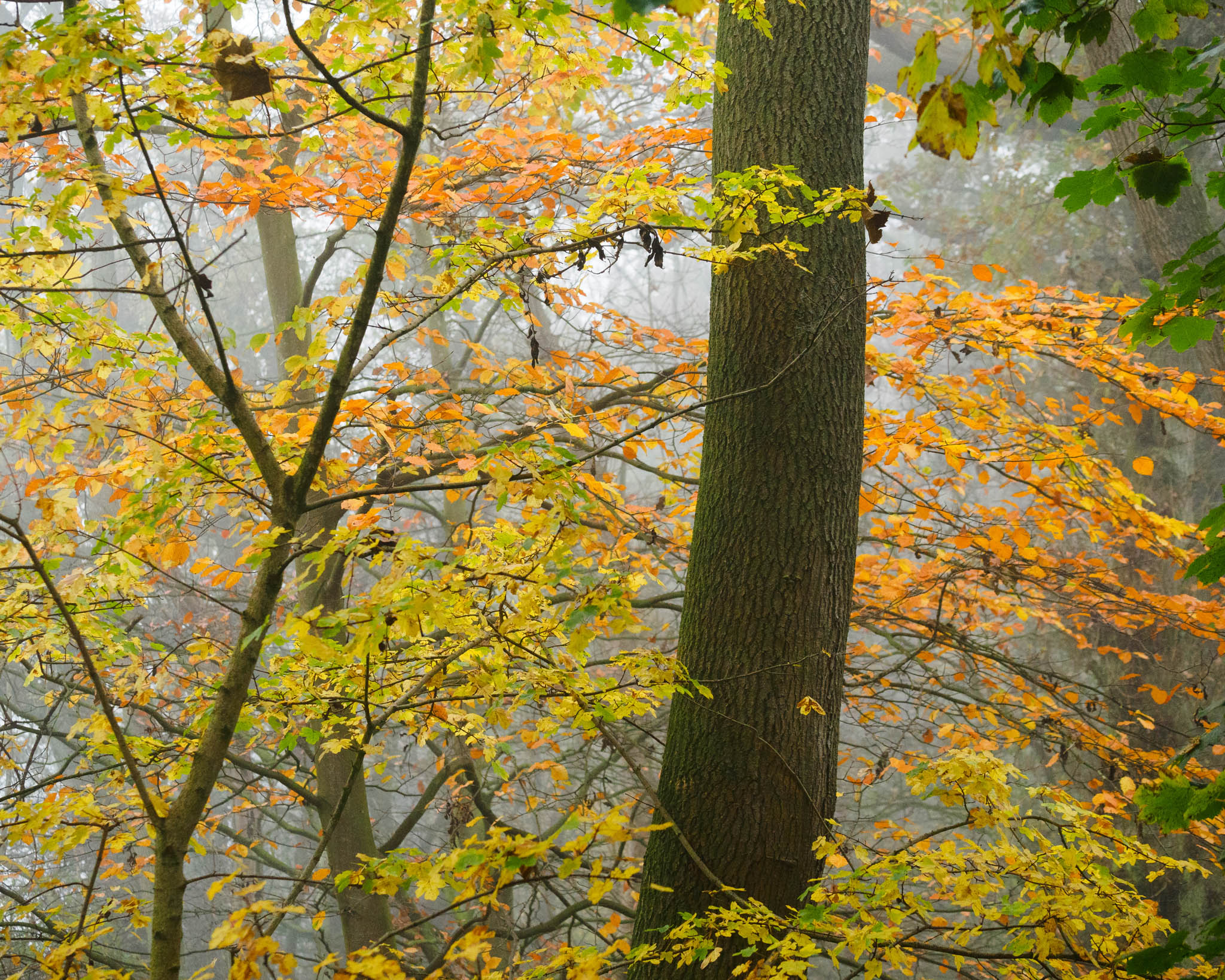
If you’d like to support my writing and photography, you can buy me a coffee. Thank you!
Olympus 12-40mm f/2.8 Pro
Equivalent to a mid-range zoom (24-80mm), and one of the lenses that first prompted me to switch to the Olympus Micro 4/3 system. When backpacking I usually carry a single lens of this type, so I have steep requirements for a good mid-range zoom.
This one is the best I have used on any system. It weighs only 380g and is nicely compact. It is fully weather sealed and has a mechanically coupled manual-focus ring (and infinity is actually at infinity on my sample). Image quality is exceptional at every focal length and aperture, with no compromises anywhere I’ve been able to discern. At 12mm and f/2.8 I’ve been able to take pin-sharp images of the night sky thanks to a tripod and manual focus; any aberrations are to all intents and purposes invisible.
Just as importantly, colours are gorgeous. It’s another lens that yields images I barely even need to touch in Lightroom. For my needs, this is the perfect backpacking lens.
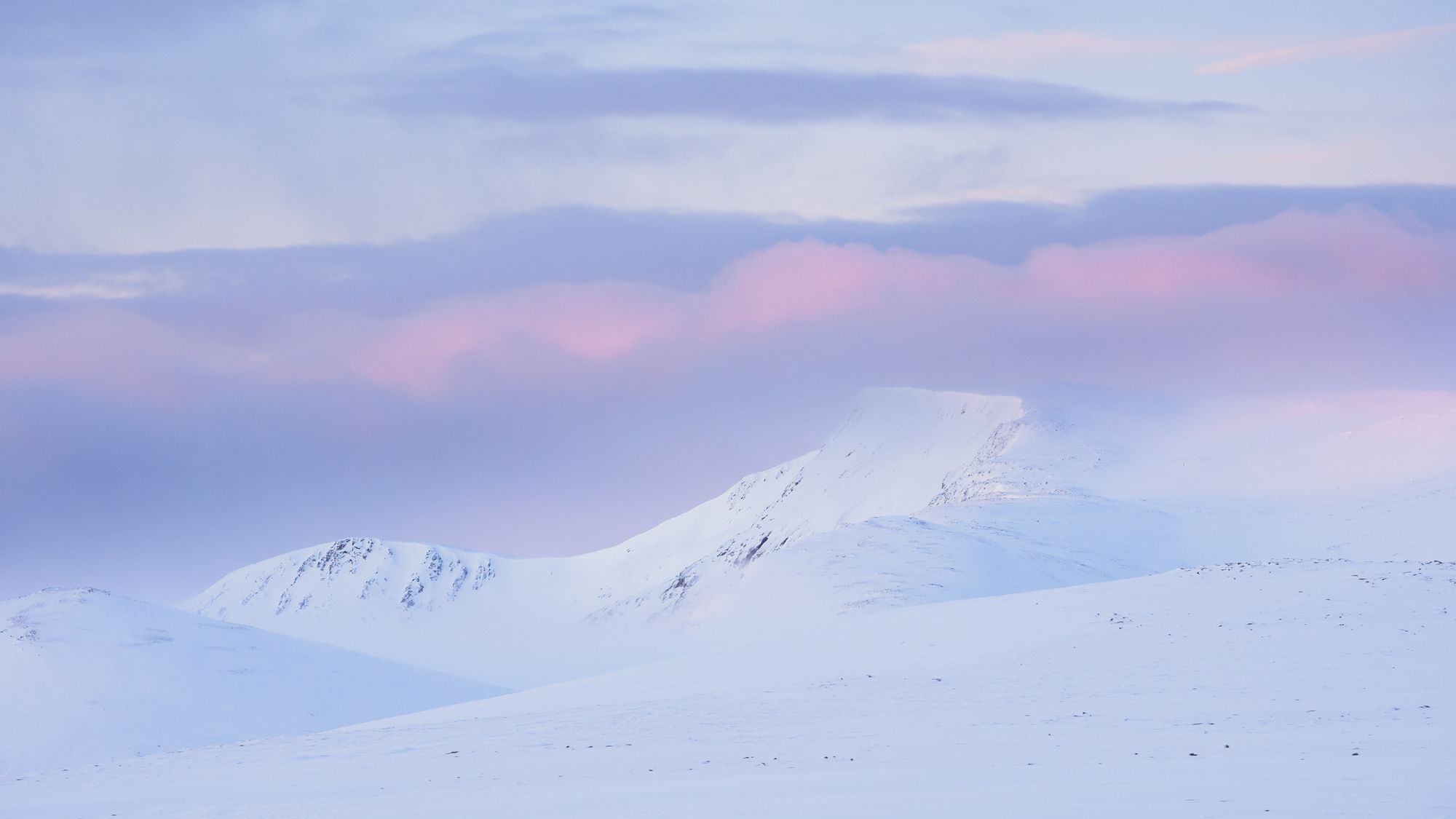
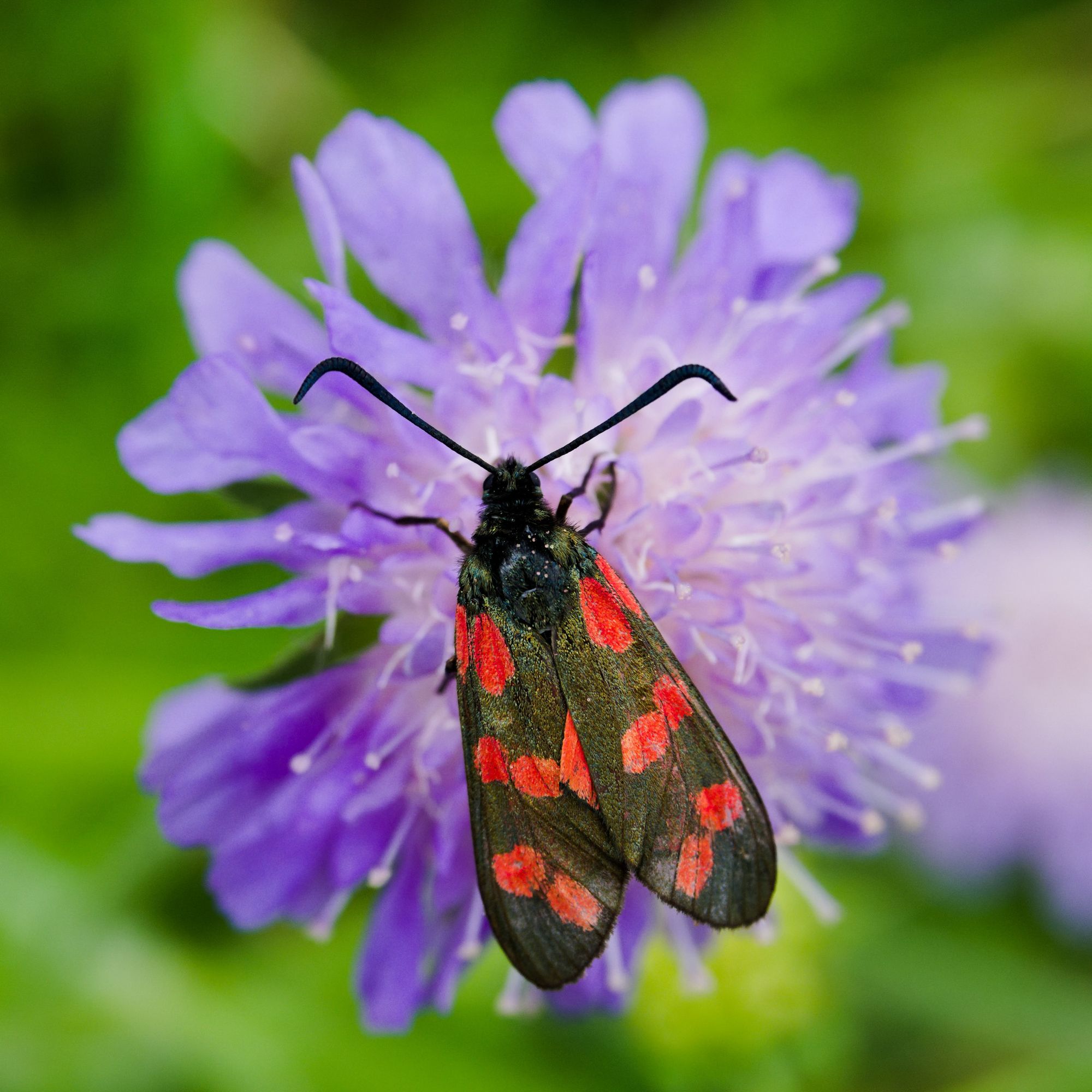
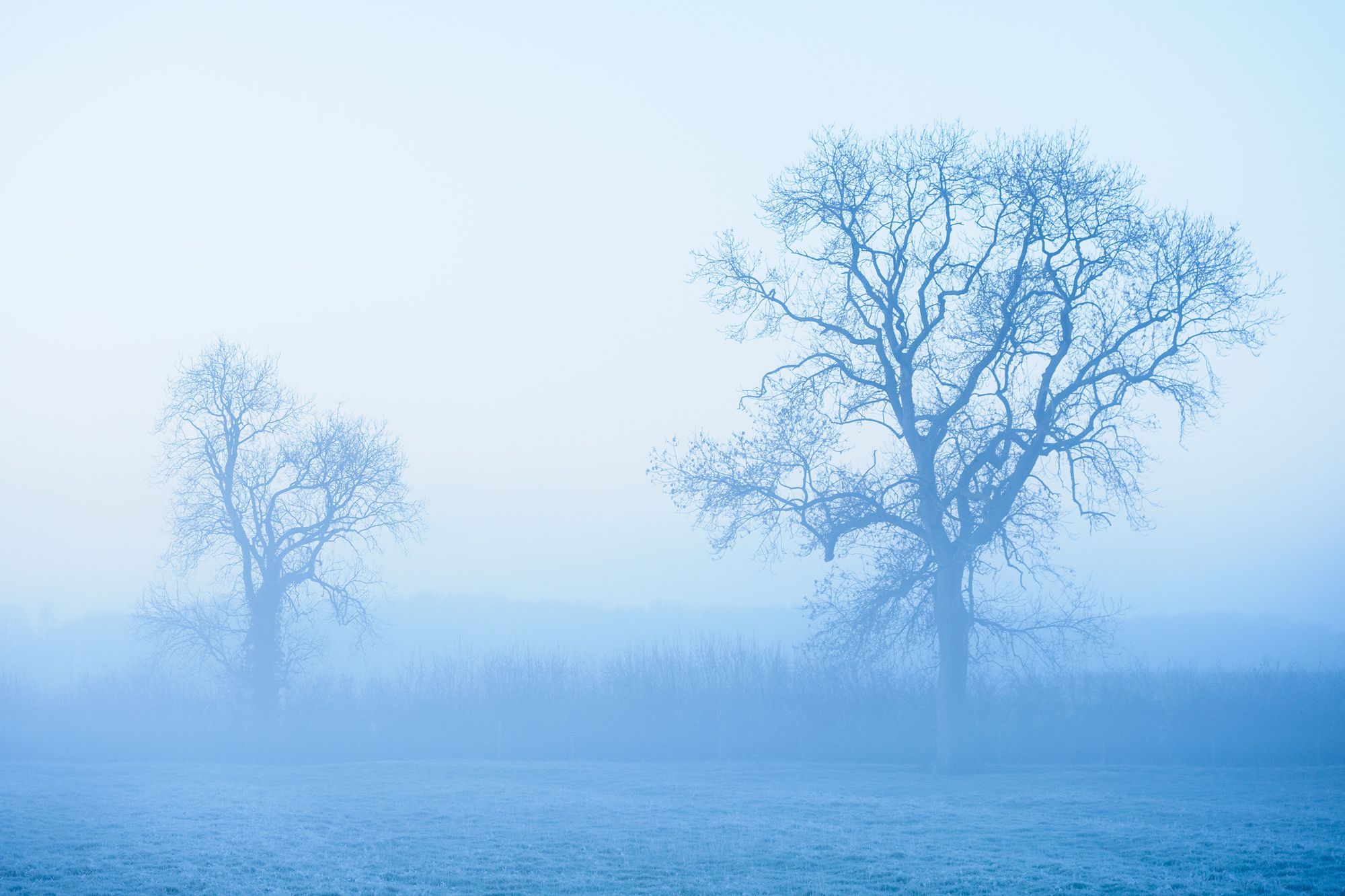
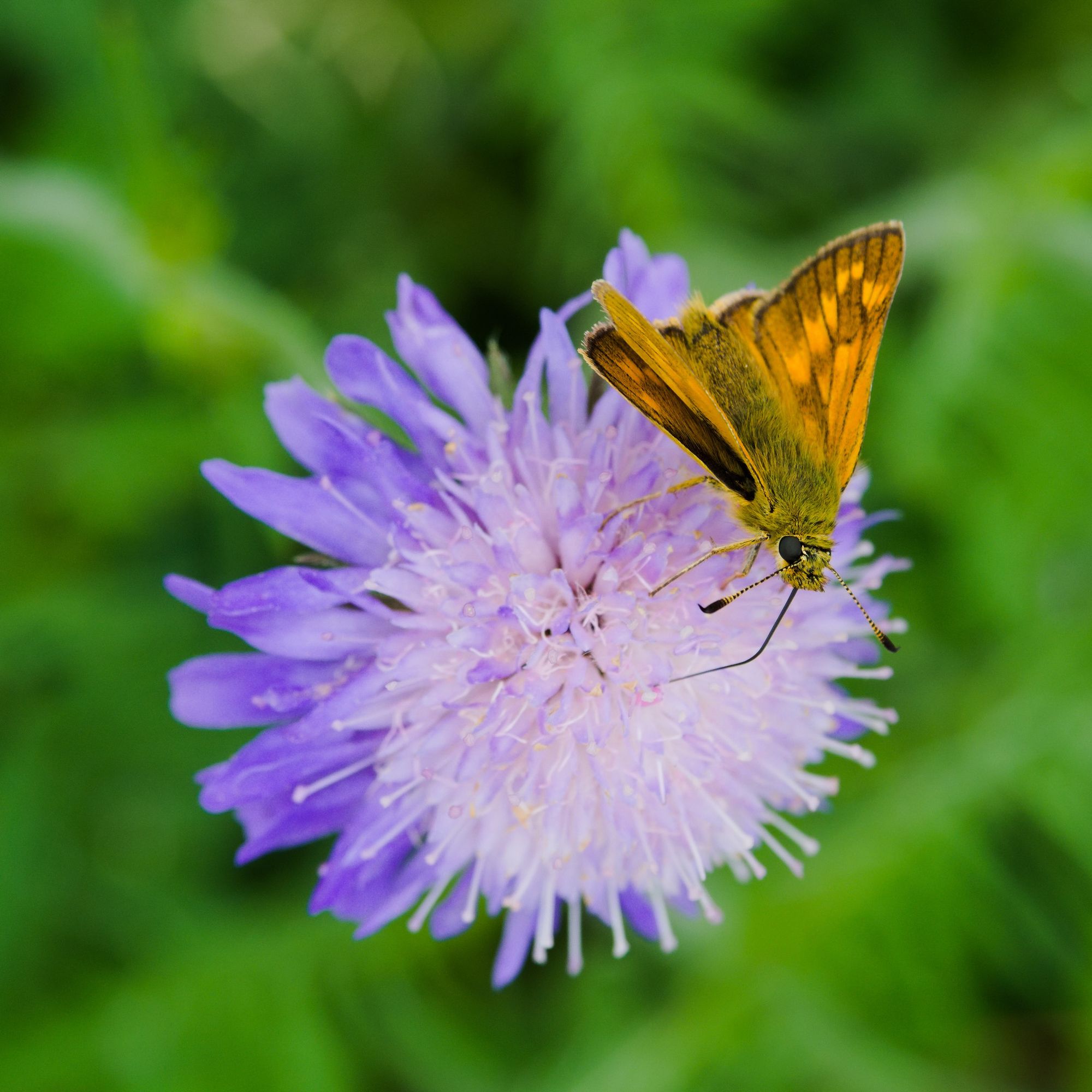
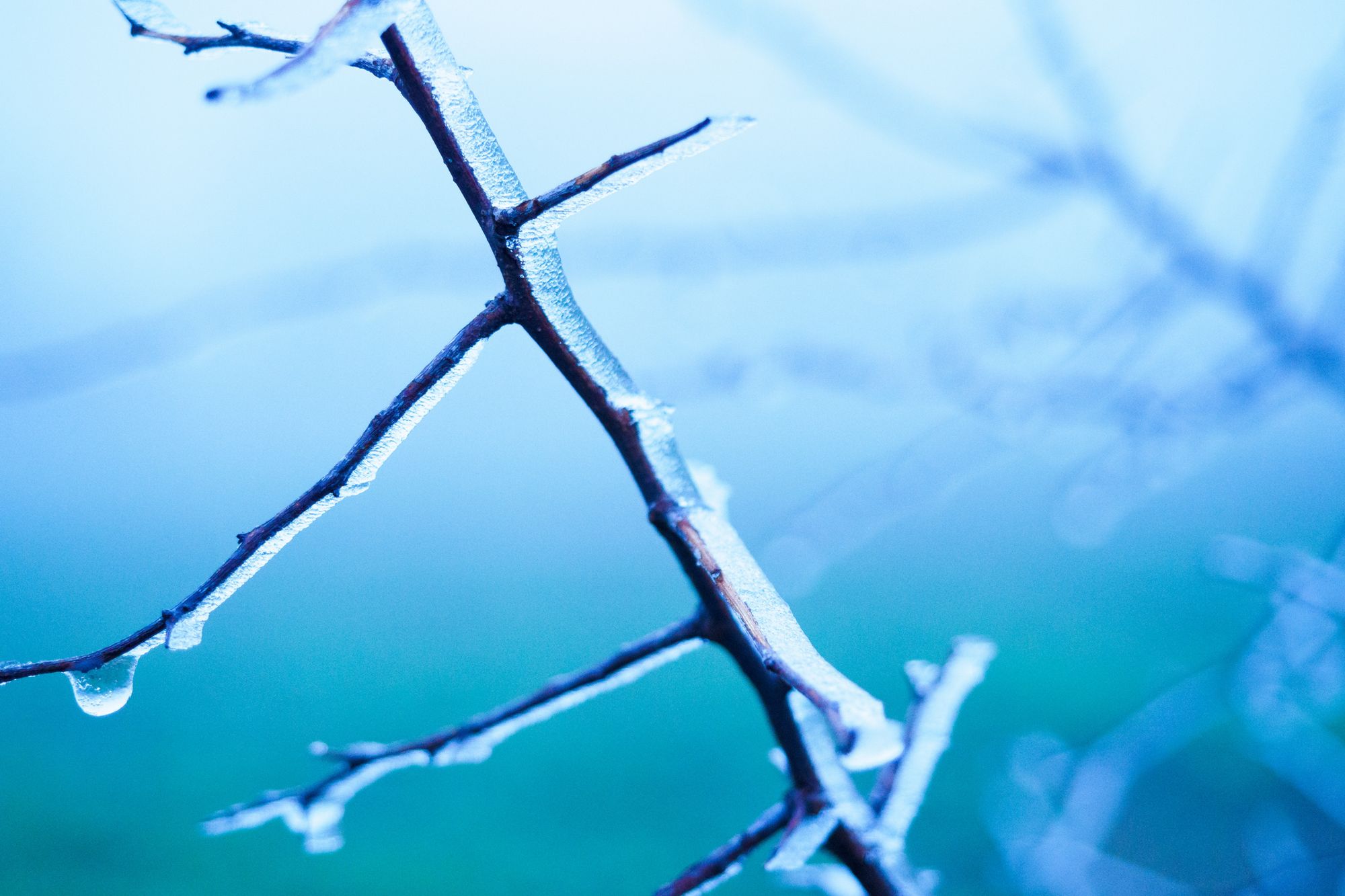
Strangely, for a lens I enjoy and appreciate so much, I haven’t actually used it that much over the last year — simply because I’ve been using the telephotos above so much! However, for the right subject, this is the lens I’ll reach for.
Olympus 75mm f/1.8
150mm equivalent in full-frame terms. This Olympus telephoto prime is a lovely piece of glass. Although designed as a portrait lens, I use it for dreamy woodland images with heavy bokeh and also for ultra-detailed focus stacks. It excels at both. It isn’t that sharp at f/1.8, as you’d expect, but stop down to f/4 and it’s the sharpest lens I own by a fair margin. There’s a fair amount of purple and green fringing around high-contrast edges until about f/2. I often need to pay close attention to reducing this when post-processing.
Although bokeh is beautiful, its rendering of colour is perhaps best described as consistent and neutral rather than opinionated (probably what you want from a portrait lens). I often prefer the more colourful and contrasty look of the Panasonic 35-100mm. Images from this lens tend to require a bit more processing to get where I want them to be. Occasionally, however, it comes out with a stunner that I absolutely love.
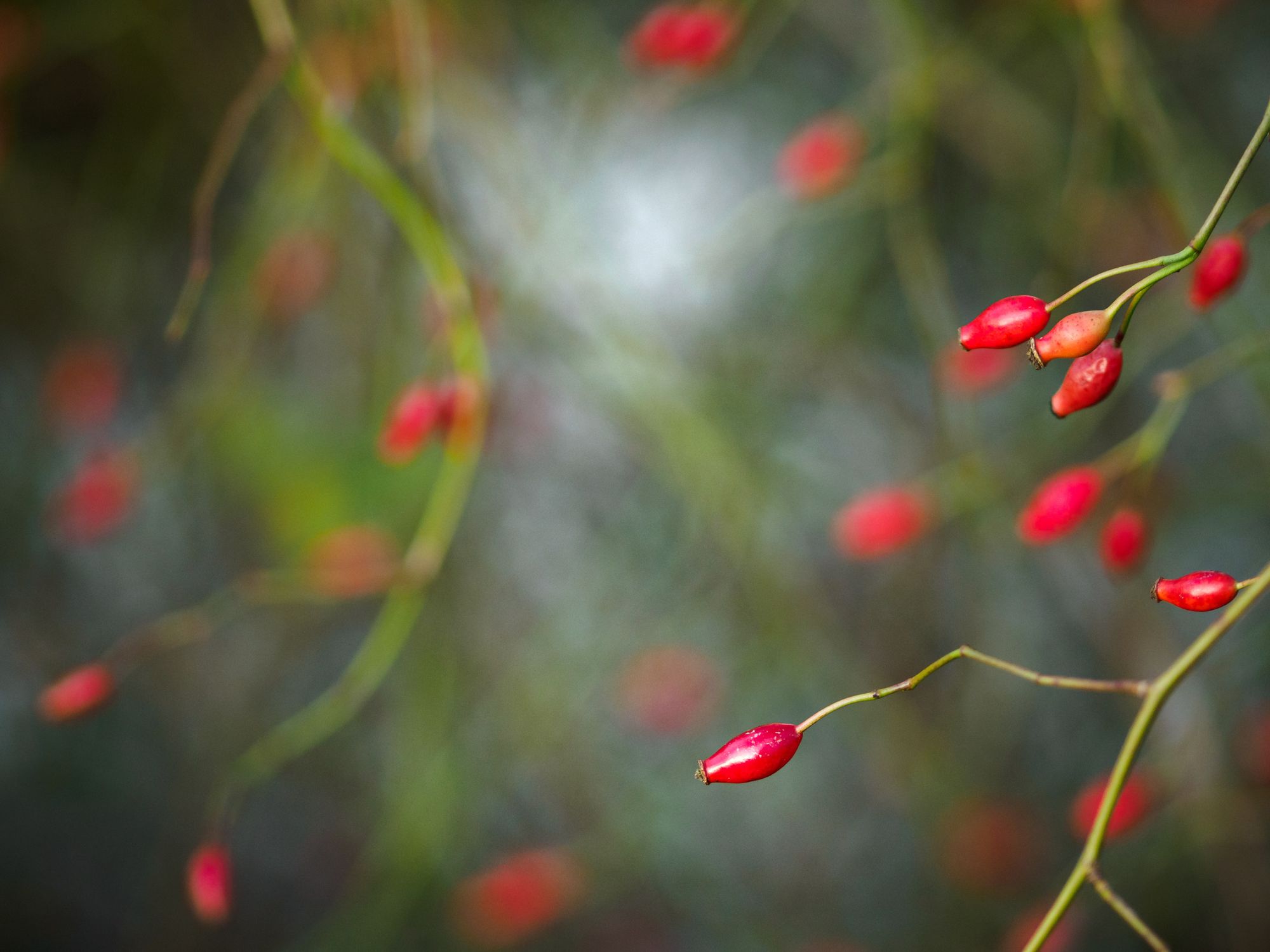
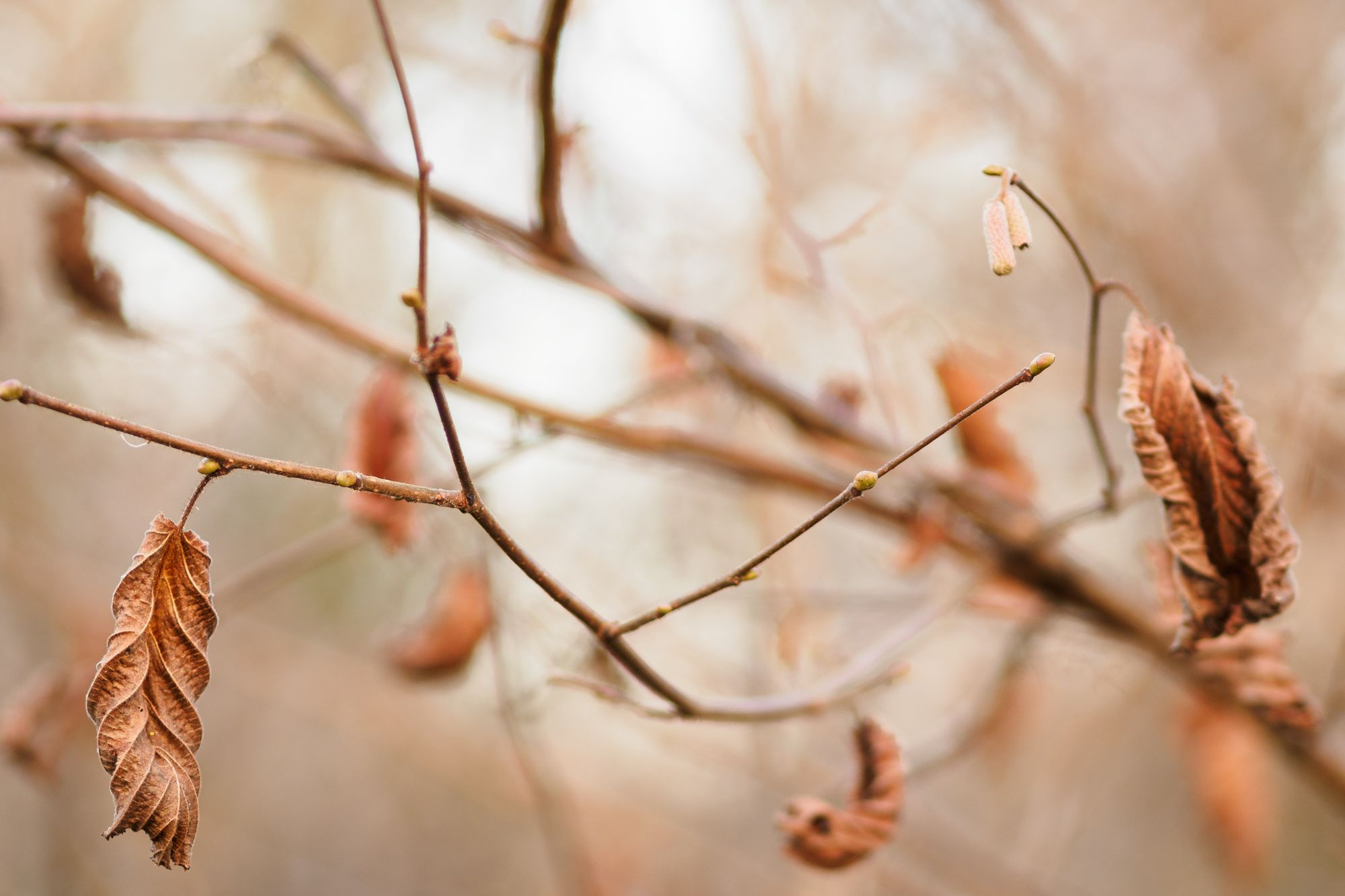
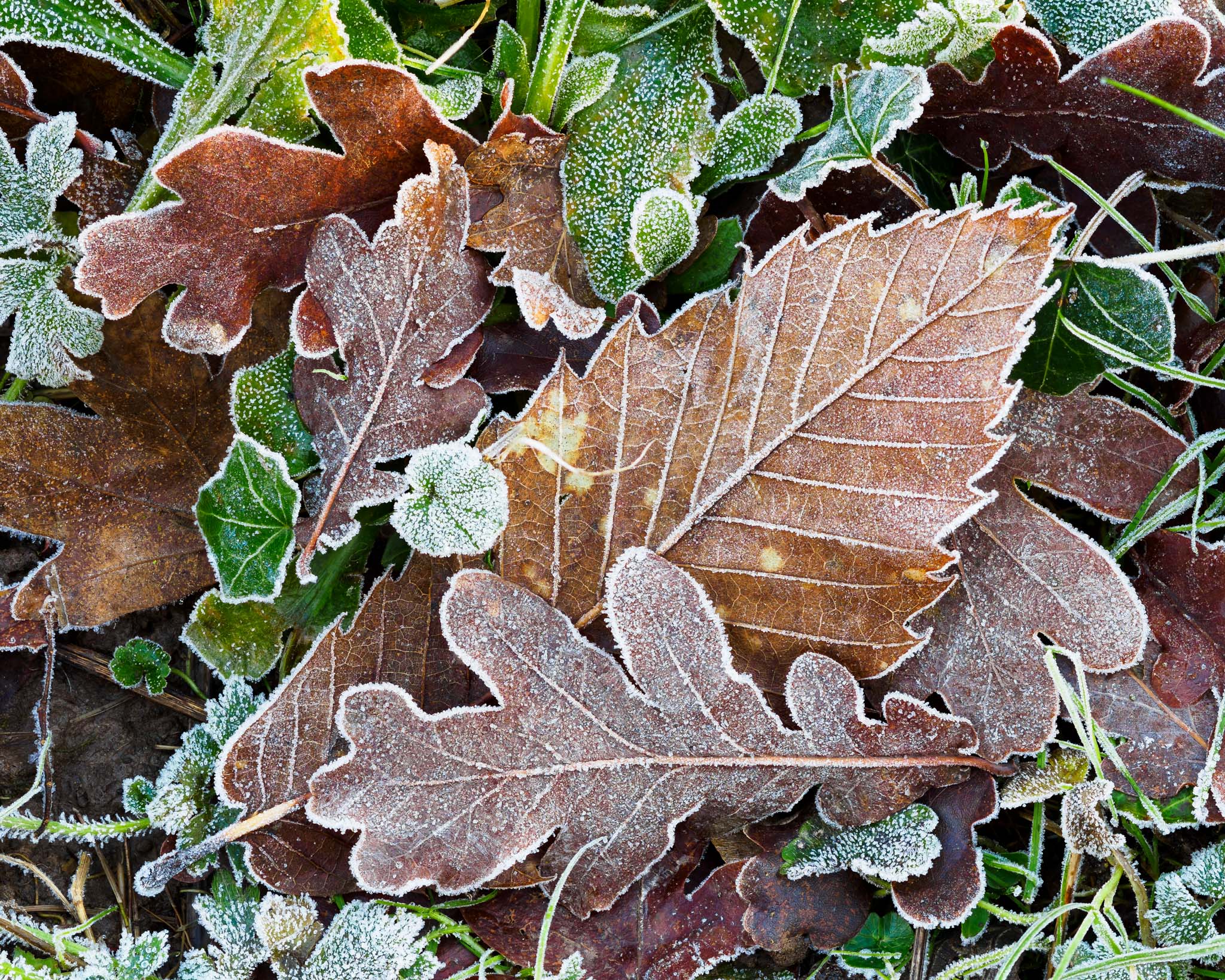
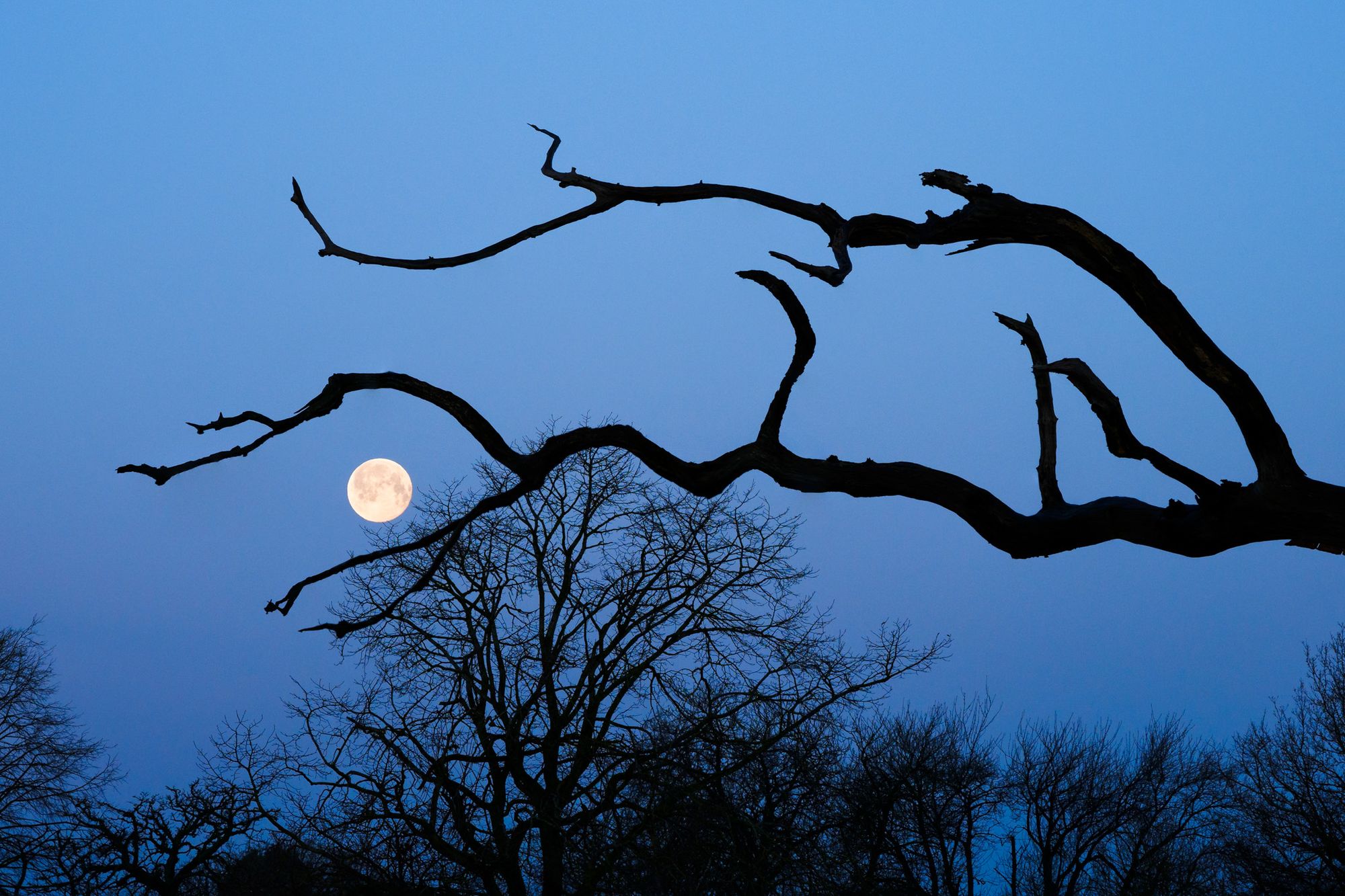
This lens isn’t weather sealed and it has a free-spinning focus ring, so handling isn’t quite up there with the Olympus Pro lenses. Overall, a very nice lens, but it’s one that I only bring with me if I have specific pictures in mind.
Panasonic 8-18mm f/2.8-4
18-36mm full-frame equivalent. This is a very nice wide-angle zoom with a conveniently bright aperture at the wide end, but soon narrows to f/4. It weighs 385g and has a bulbous front element and deep lens hood as you’d expect from a lens of this type. It’s weather sealed, but it can be a swine keeping raindrops off the front element when it’s raining. The focusing ring spins freely.
In common with my other Panasonic lenses, rendering is colourful and vivid. There’s a bit of distortion, especially at the wider end, and at brighter apertures there is some sharpness loss at the edges — all par for the course. Overall it does what I need from a wide-angle zoom and creates images that I like.
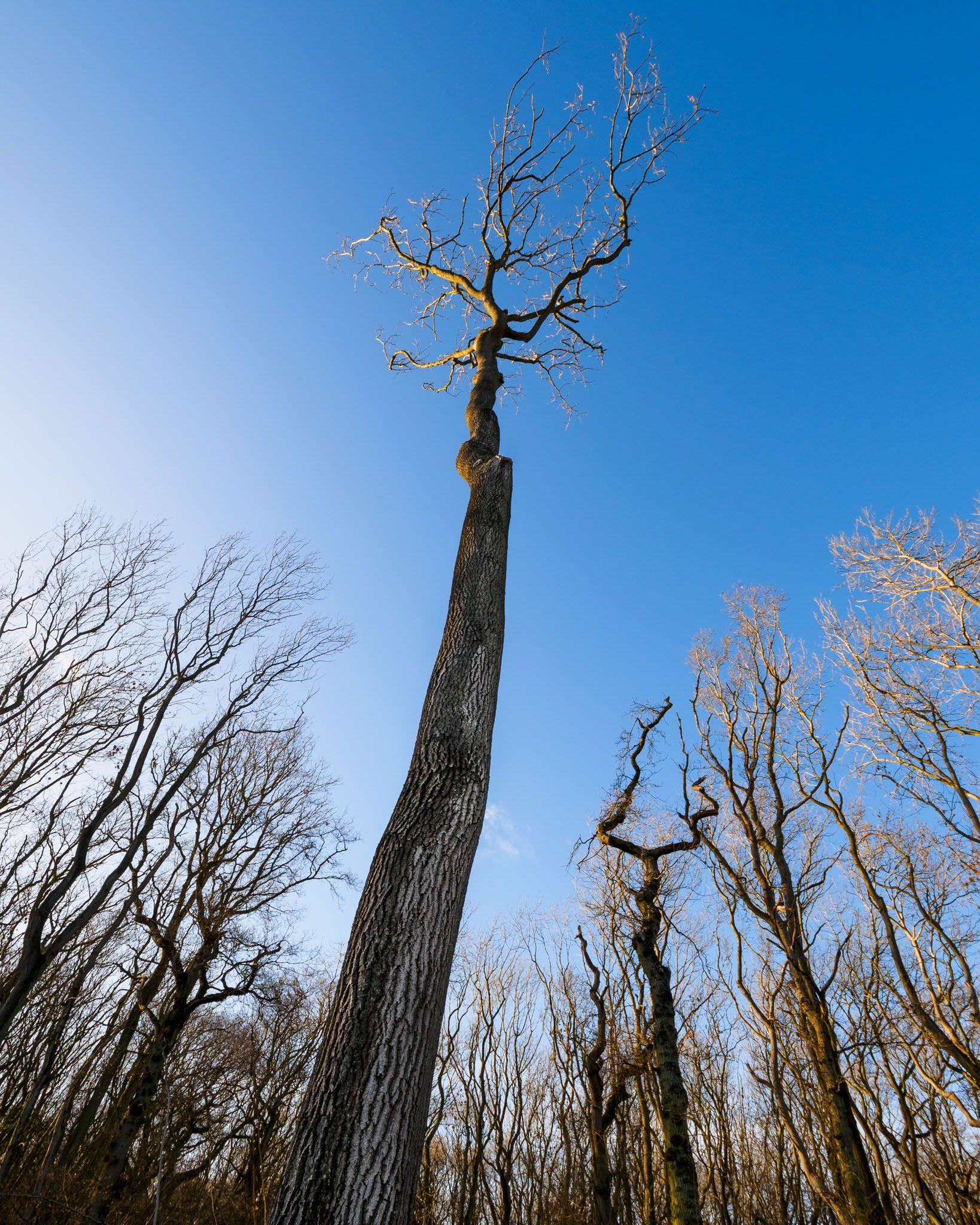
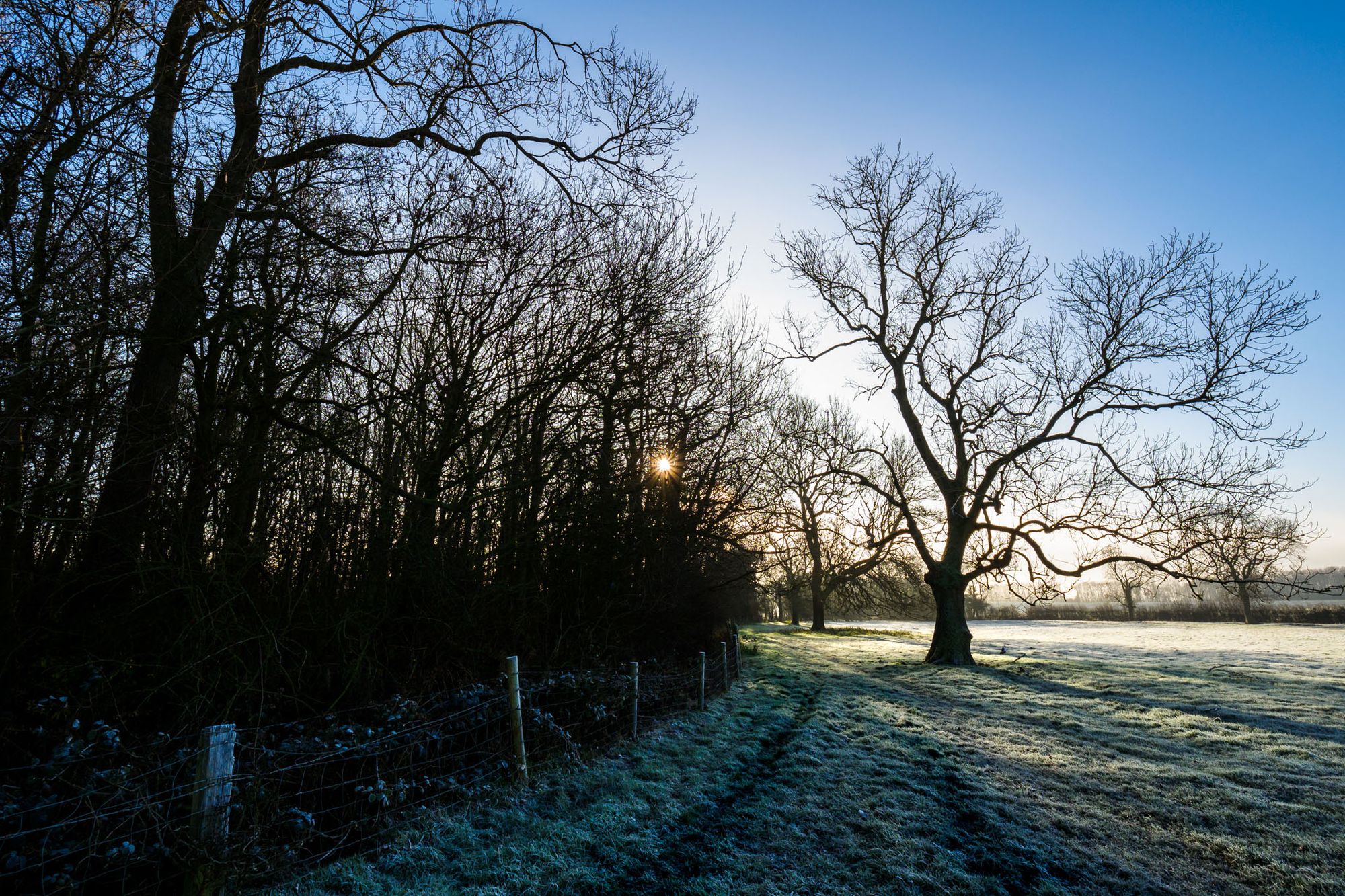
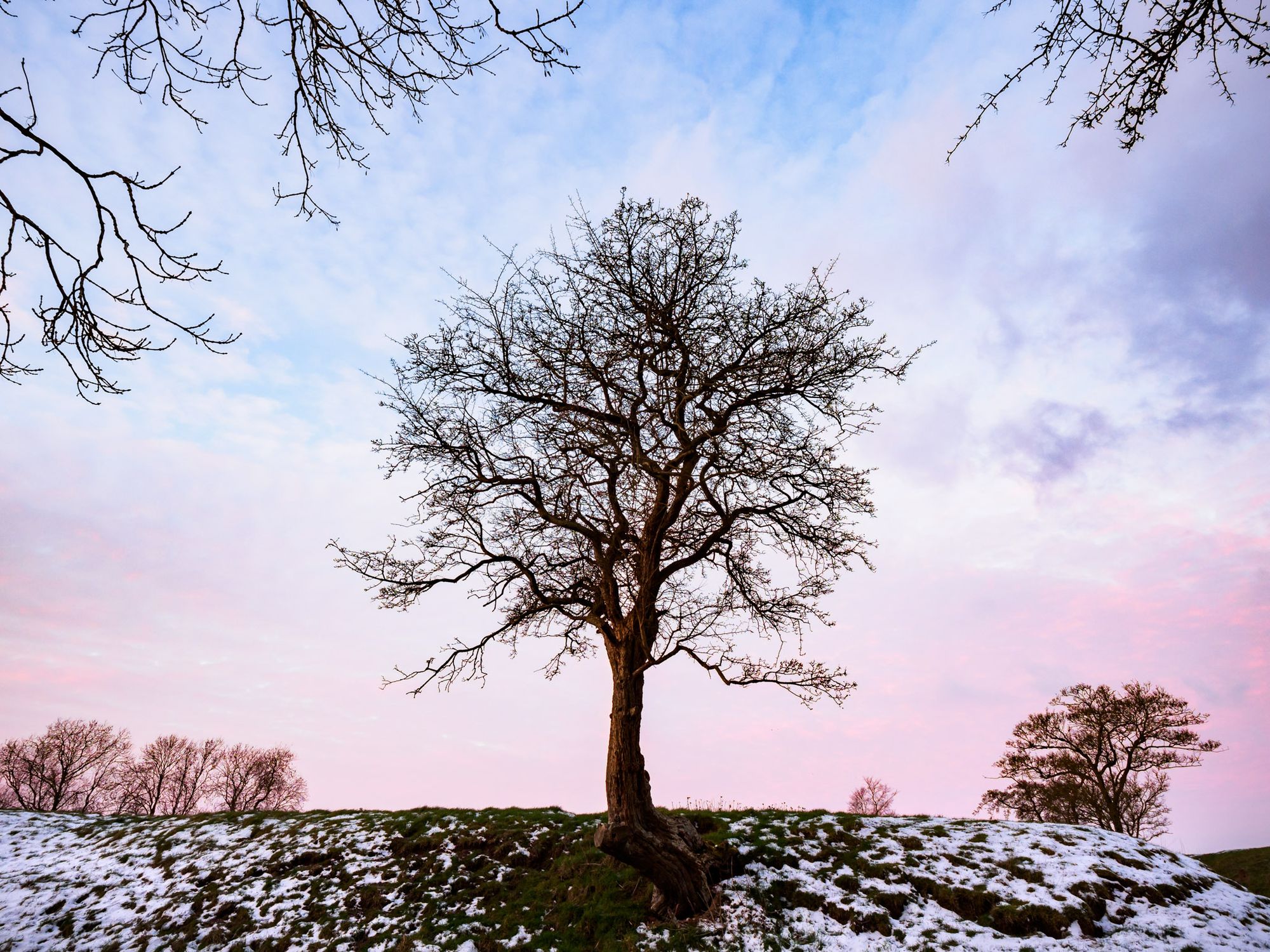
Because I’ve been more focused on images that require a telephoto perspective, I haven’t been carrying this lens with me that often, and in practice I mainly tend to use it at 8mm.
Olympus 12-100mm f/4 Pro
Equivalent to 24-200mm. This is the only lens I’ve used that I simply haven’t taken to. My rationale for buying it was that it would be a great lens for mountain use: lighter than carrying the 12-40mm and 35-100mm together, and with the added convenience that I wouldn’t have to change lenses (which can be a bit of a mission in bad weather).
In use, it’s a sharp lens — probably as sharp as the 12-40mm, which is saying something. But I just don’t like the images it produces. I can’t quite put my finger on why. The colour and contrast seem somehow off, and I end up spending an age in Lightroom trying to get them to look how I want them (and don’t always succeed). Images often look somehow flat and soulless. Vignetting is heavy at f/4, but it’s not attractive to my eye, unlike the characterful vignetting produced by my 35-100mm. I usually stop down to f/5.6 for this reason.
Build quality is just as good as my other Olympus Pro lenses, with full weather sealing and all the bells and whistles, but it is quite big and heavy. It only balances well on the camera when I have the battery grip attached.
It is not a bad lens by any means, but I haven’t gelled with it and I think I’ll be selling it on.
Panasonic Leica 25mm f/1.4
Finally, there’s the little Panasonic 25mm f/1.4 — the ‘nifty fifty’ standard prime of the Micro 4/3 world. This is a very small and light lens, and the kind of lens I pop on my camera when out and about with no specific images in mind (on a day trip in a city, for example). Image quality is strikingly good stopped down, but there is a bit of purple fringing and corner softness wide open, as you’d expect.
I love the rich and vivid images it produces, but due to the travel limitations imposed by the pandemic I’ve hardly used it. I’ve shot no street photography at all this year. I’ll certainly be keeping the 25/1.4, though.
Final words
Occasionally, folk online get in touch when they see my images and ask me what kind of camera I’m using. When I mention that I’m using Olympus, sometimes they reply in surprise — ‘don’t you wish you had a full-frame camera?’ they’ll say. But I certainly don’t want to trade huge advantages in gear weight and bulk for minor advantages in image quality. Other photographers will have different priorities, and that’s fine.
I guess the big question is this: would I still have made such strides as a wildlife photographer over the last year if I hadn’t switched to Olympus and Micro 4/3? I don’t know. I’d certainly have improved, but I’d have had to work much harder for my images. And there’s every chance that I’d have completely missed some of the very best shots of the year, and hence some of the best moments of the year, as I’d have been focusing on the frustration of being thwarted by equipment limitations instead of enjoying the feeling of creating a successful wildlife image. It feels good to know that my gear is not the thing holding me back now, but my own skills — which I will continue to work on and improve.
All images © Alex Roddie. All Rights Reserved. Please don’t reproduce these images without permission.
Alex Roddie Newsletter
Subscribe here to receive my occasional personal newsletter in your inbox. (For the fun stuff, please consider subscribing to Alpenglow Journal instead!)




